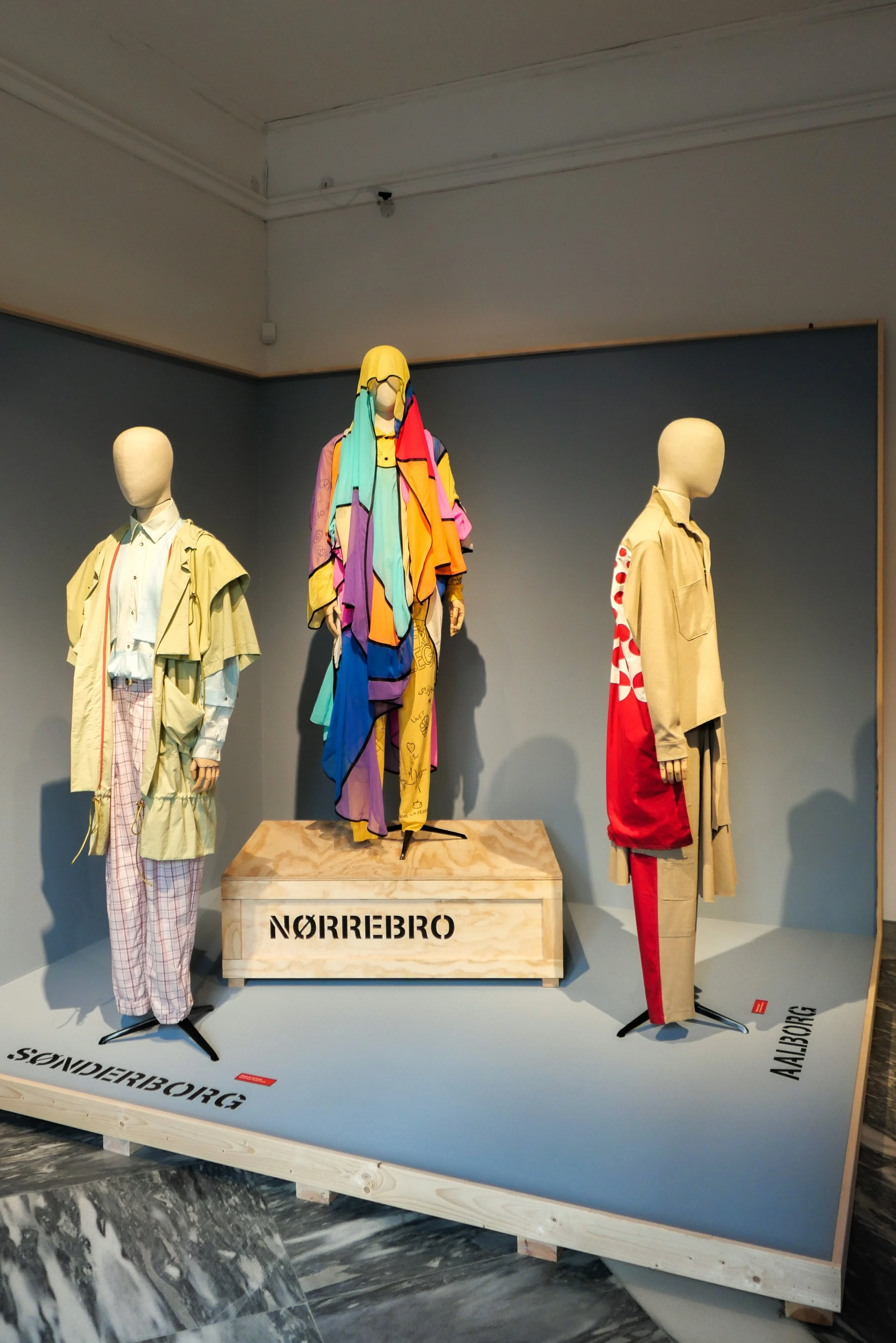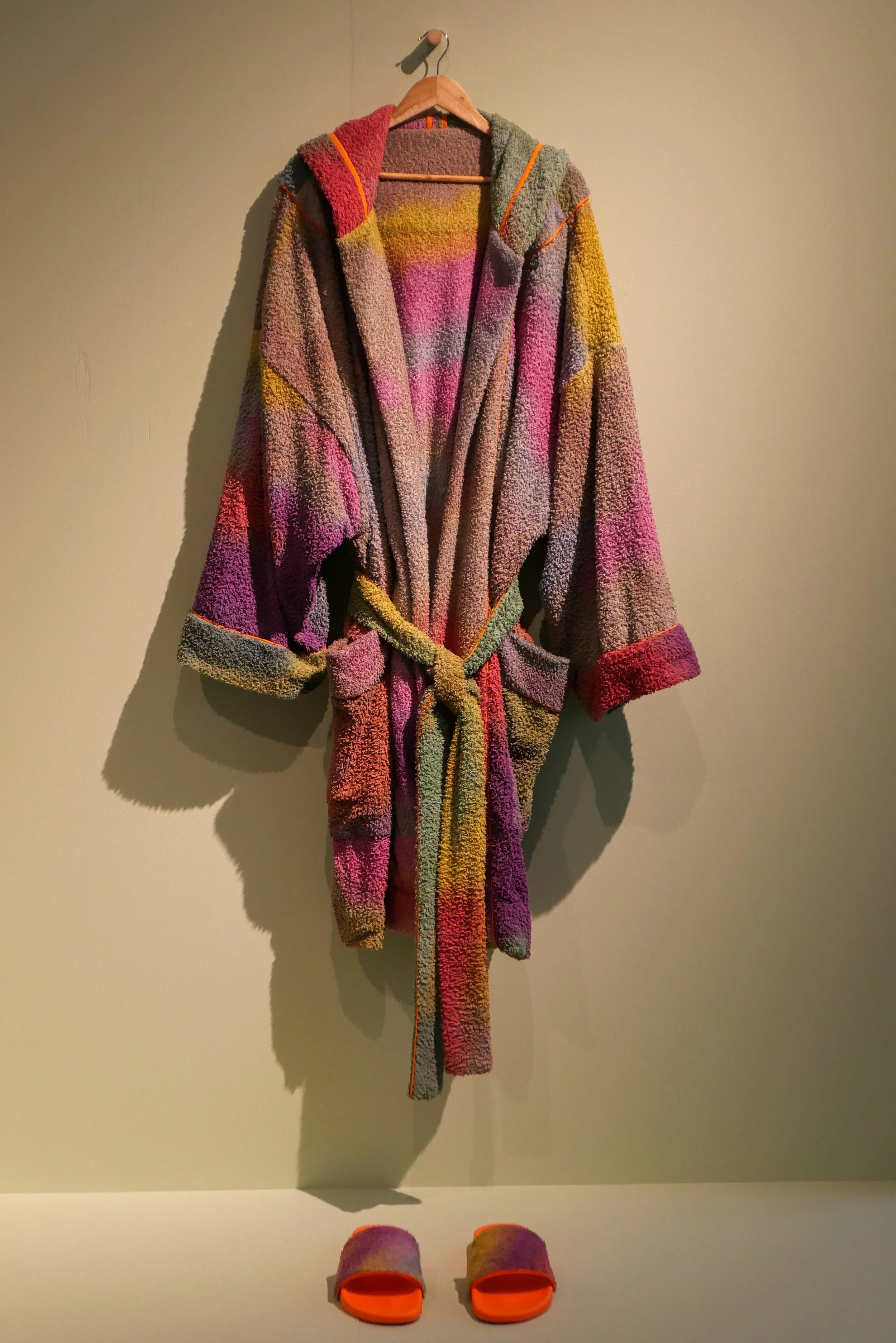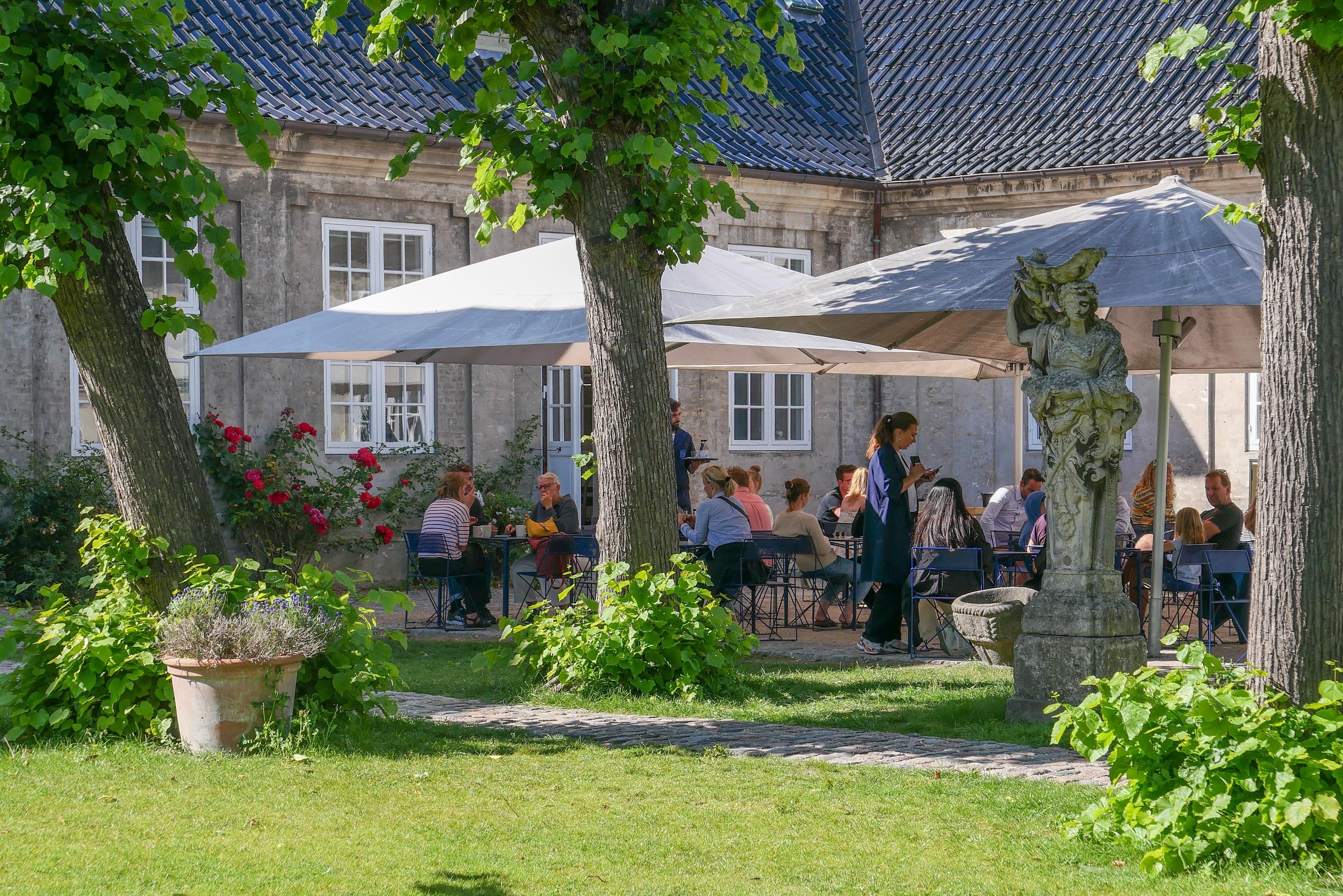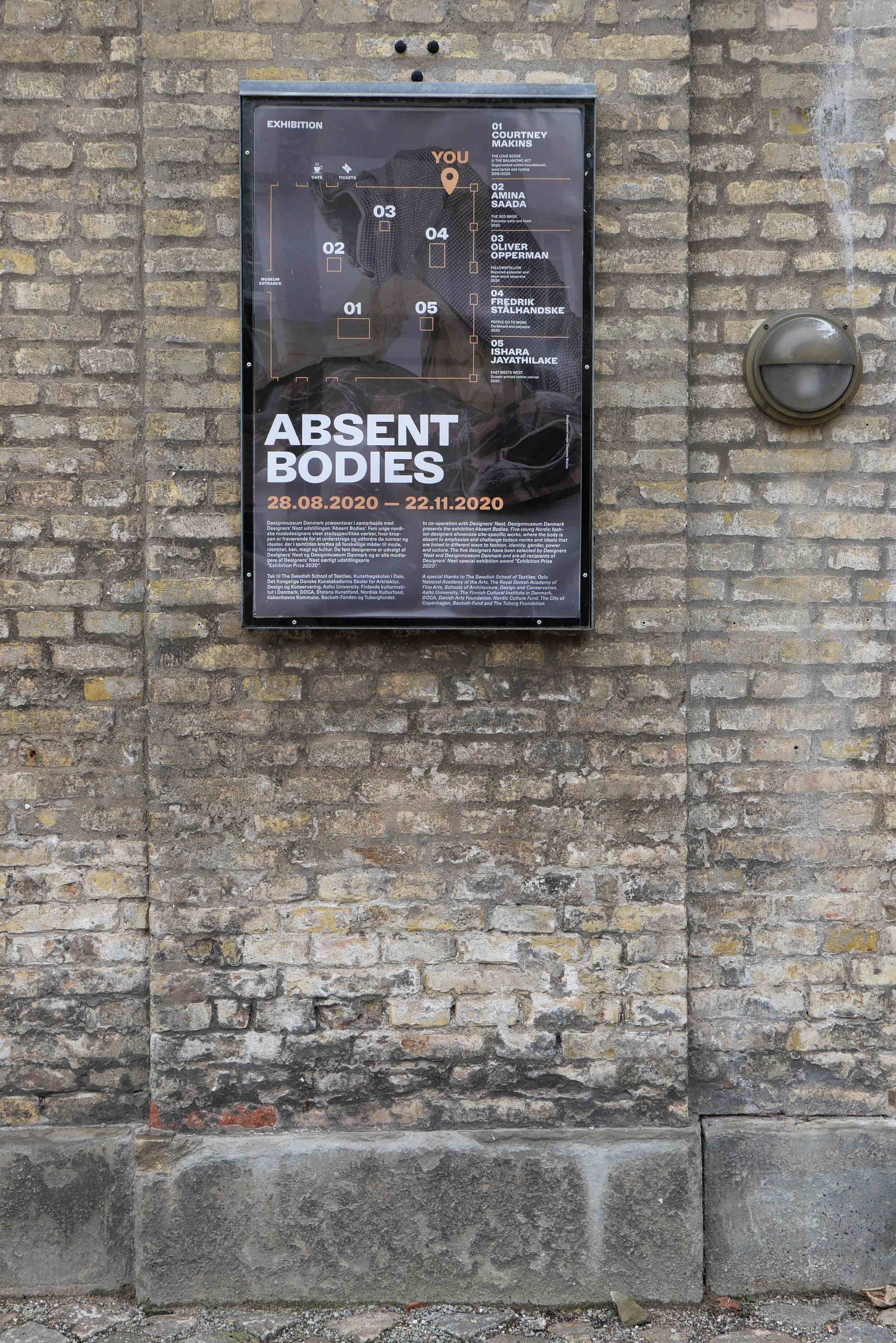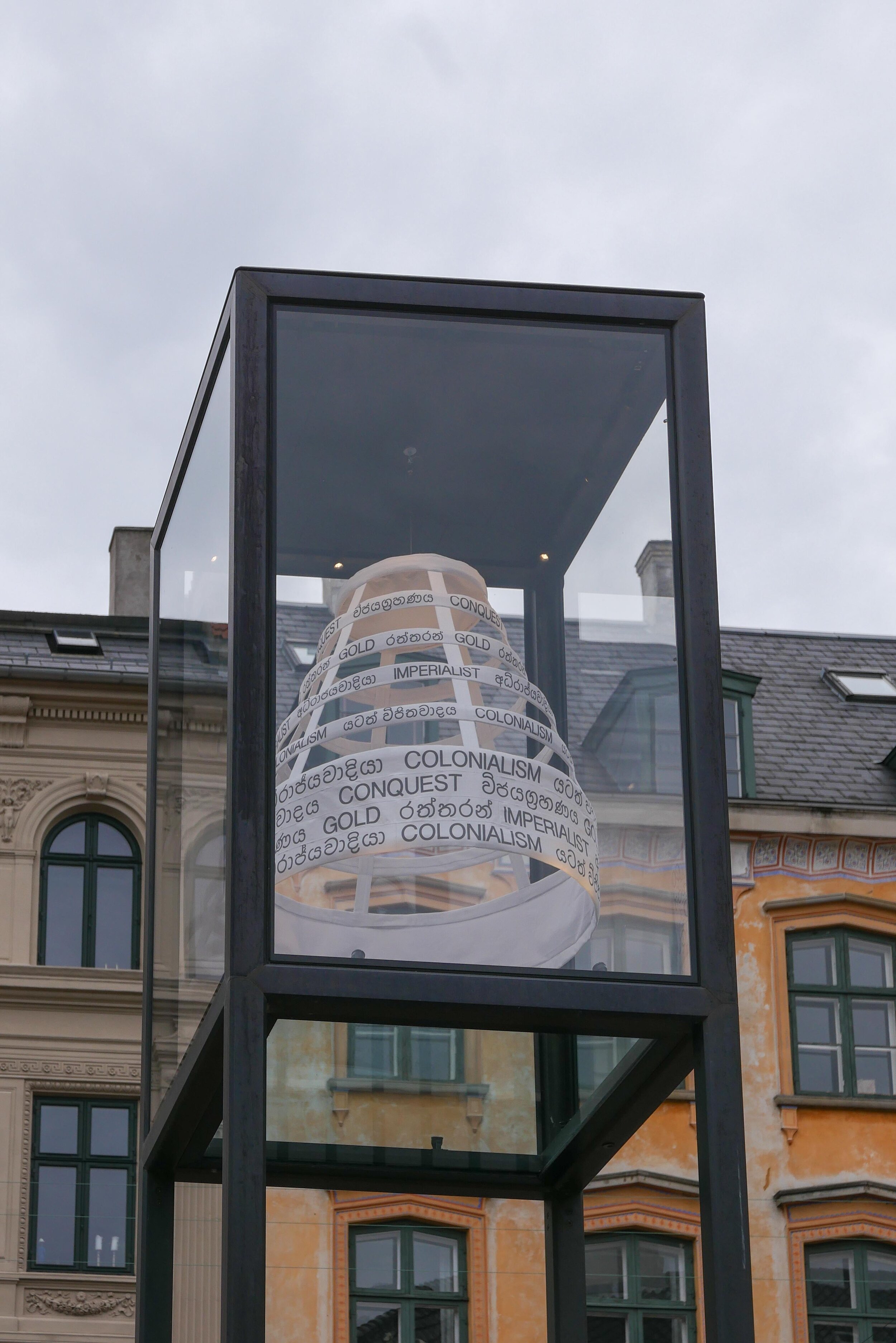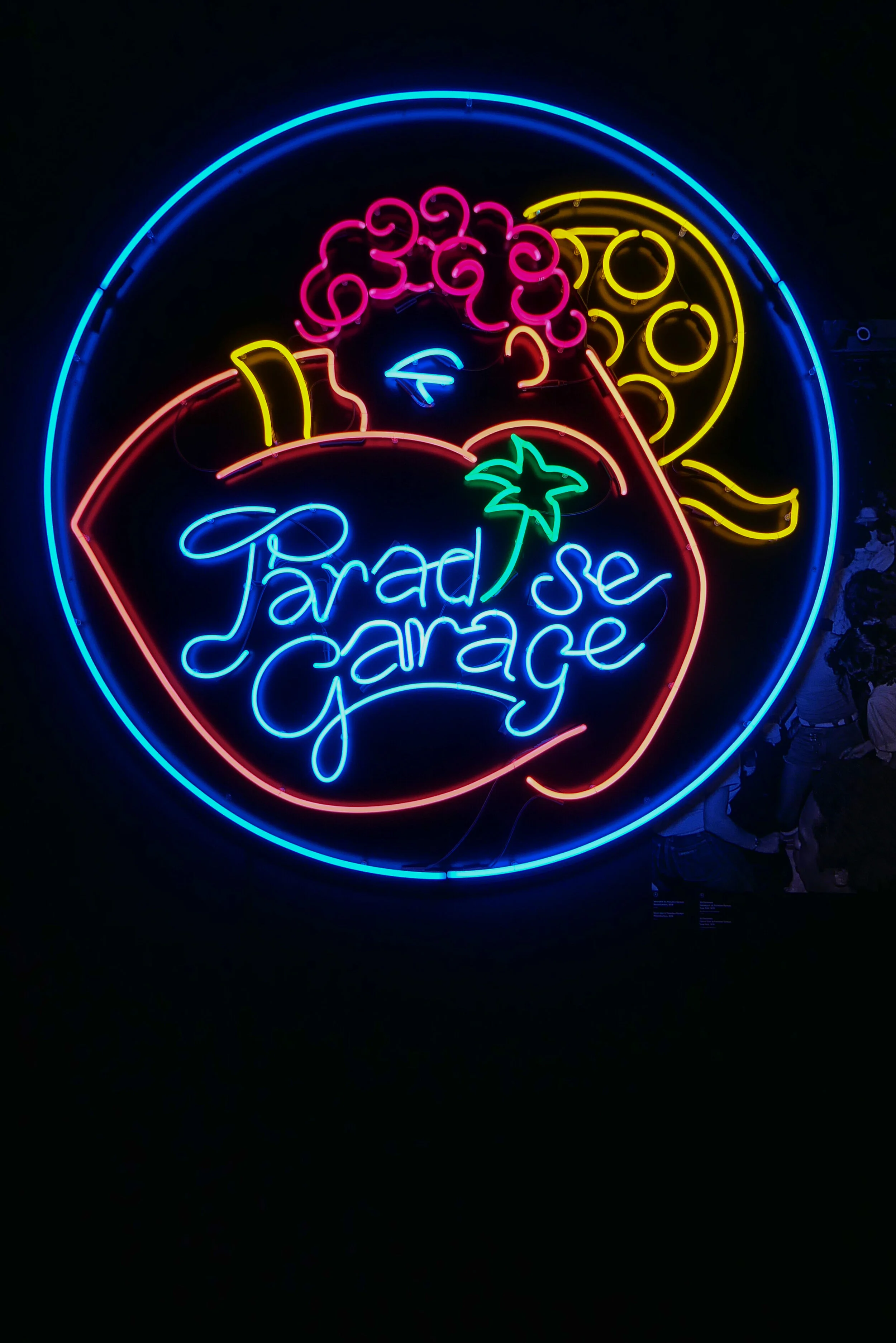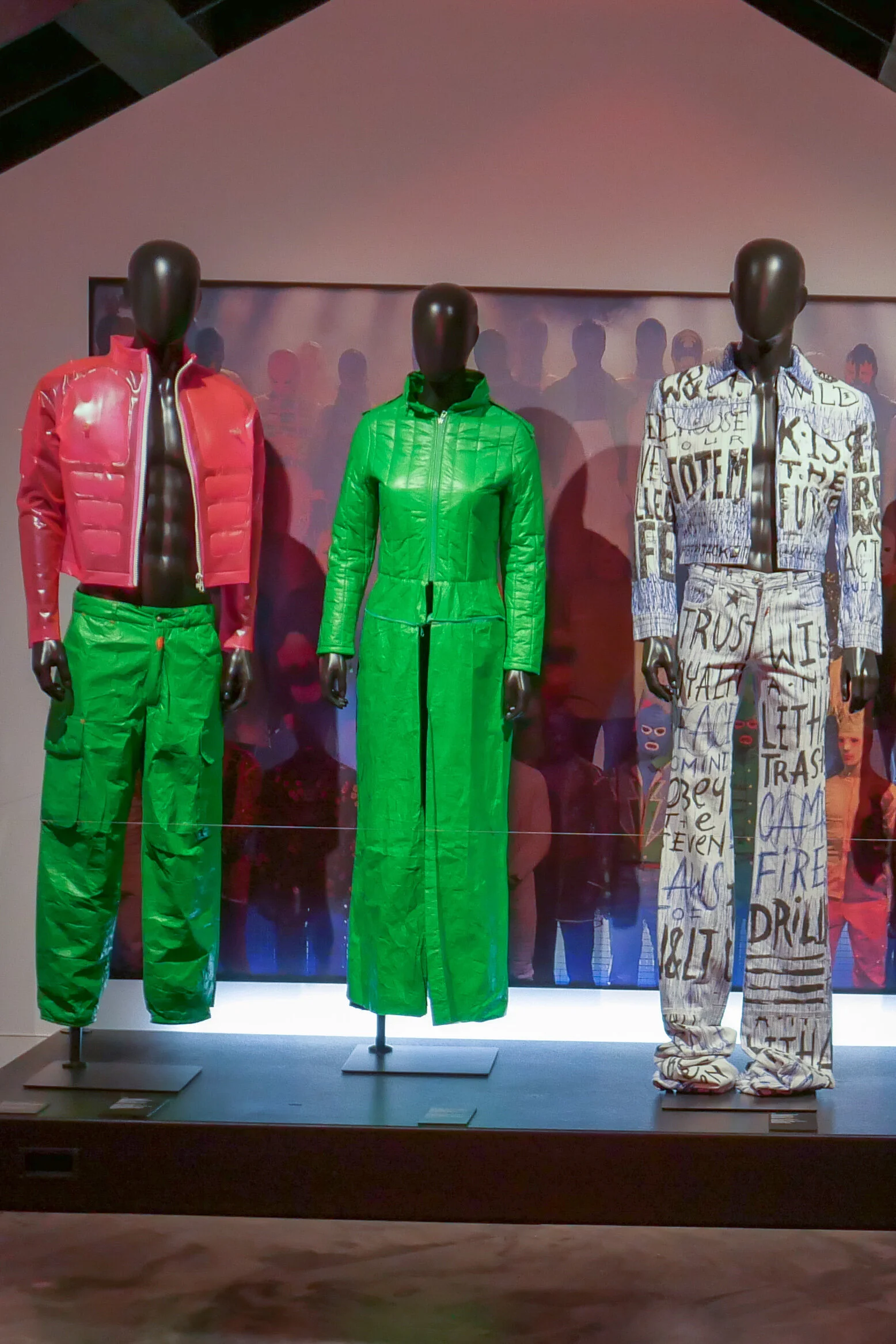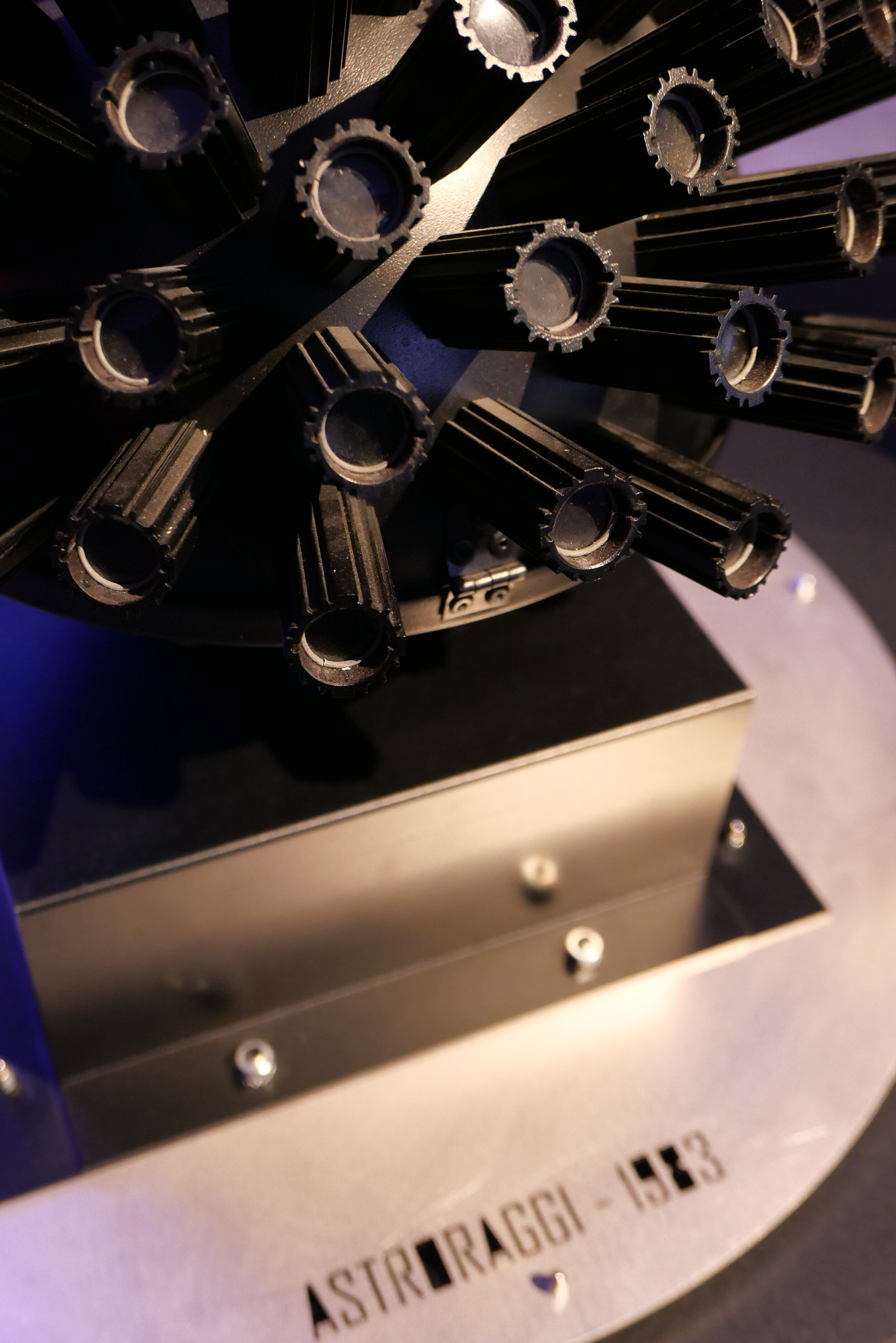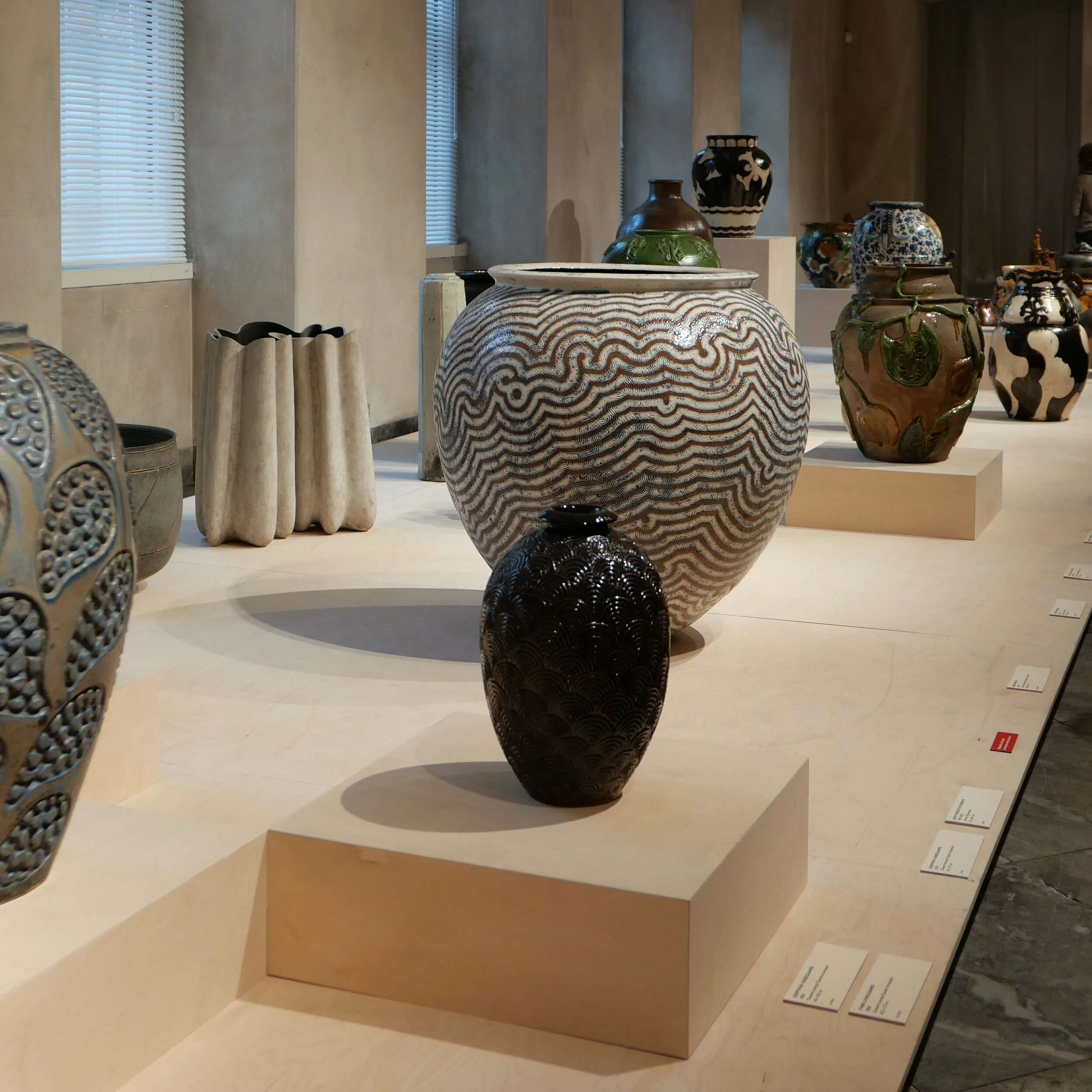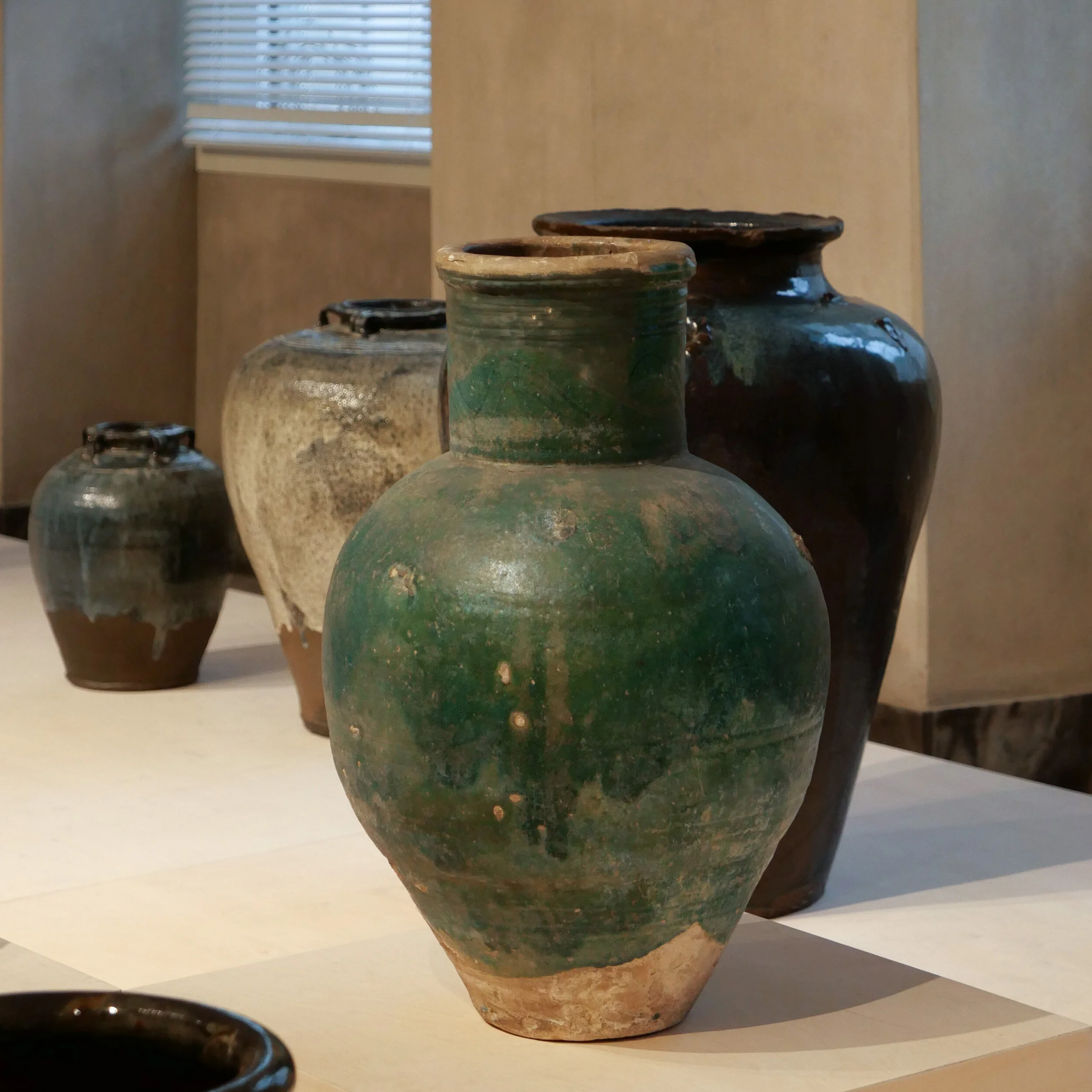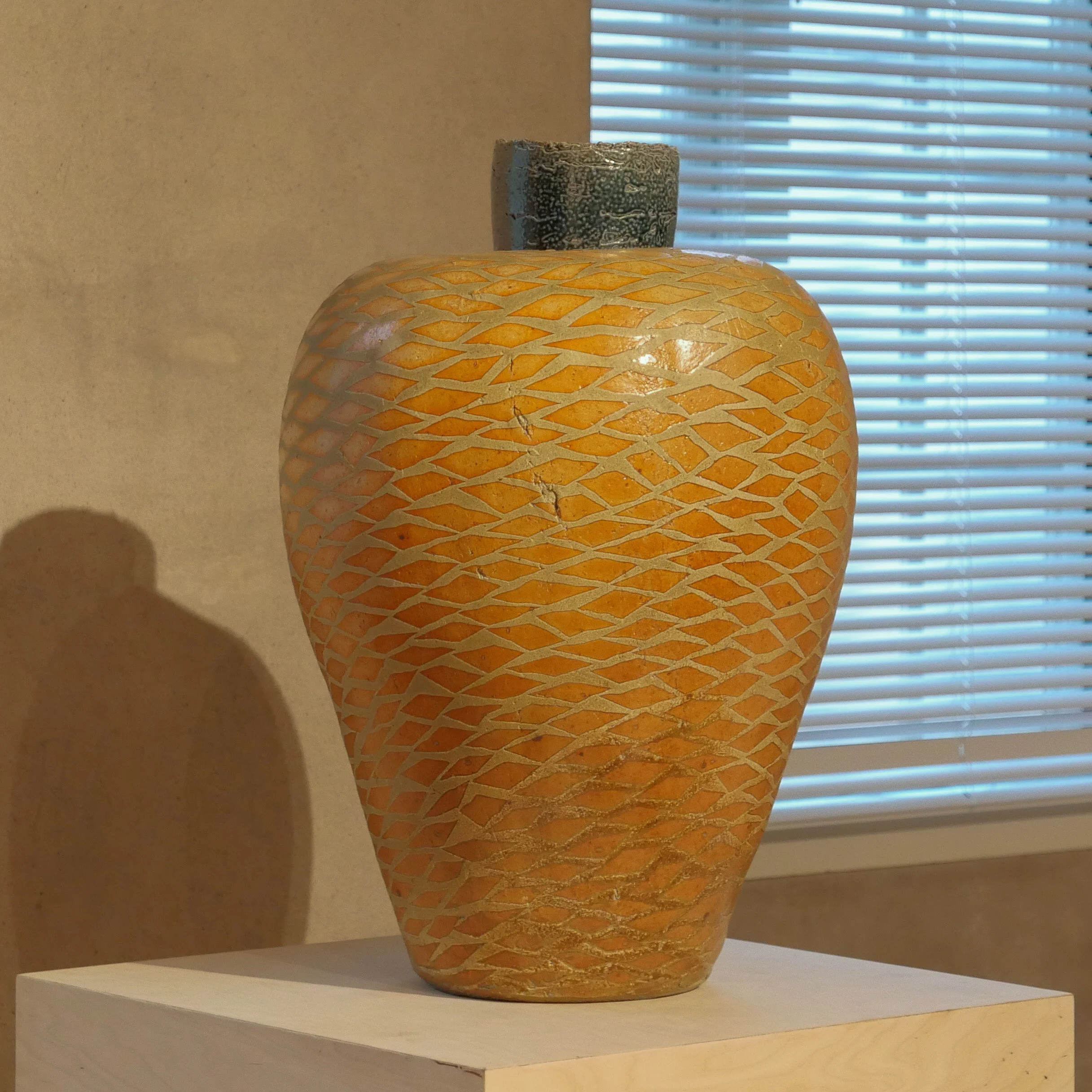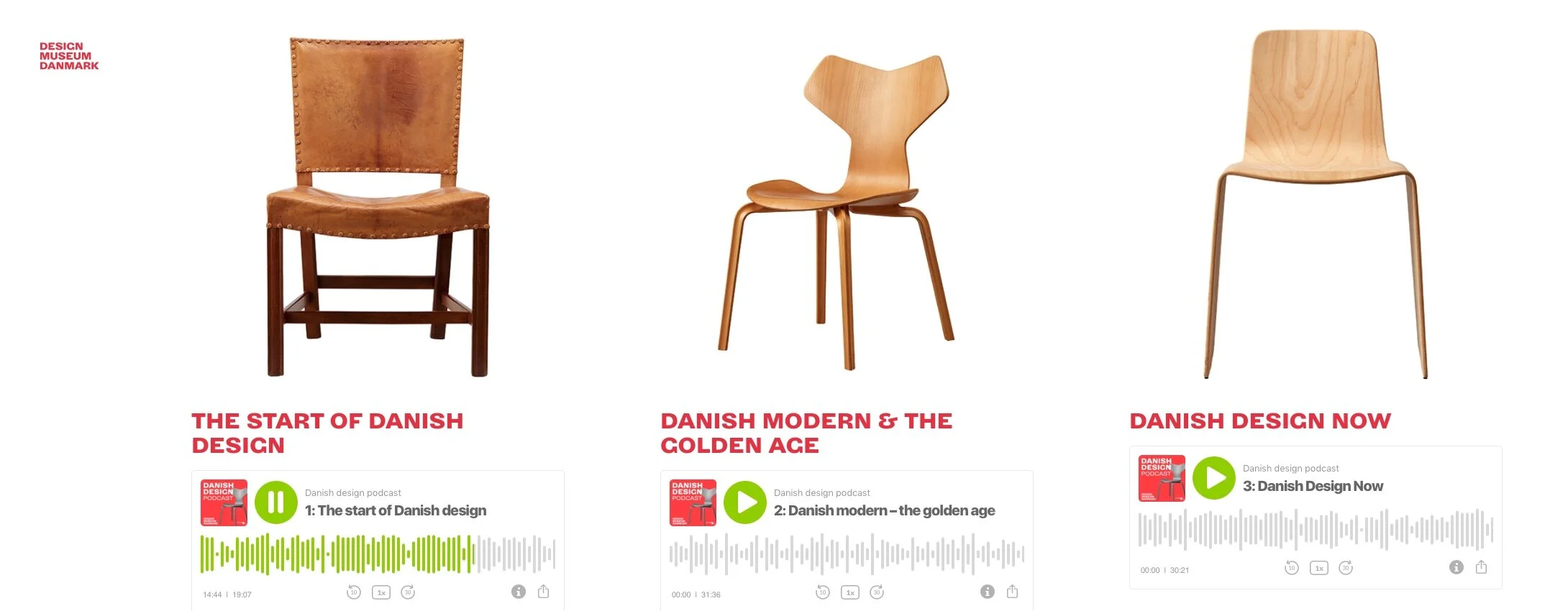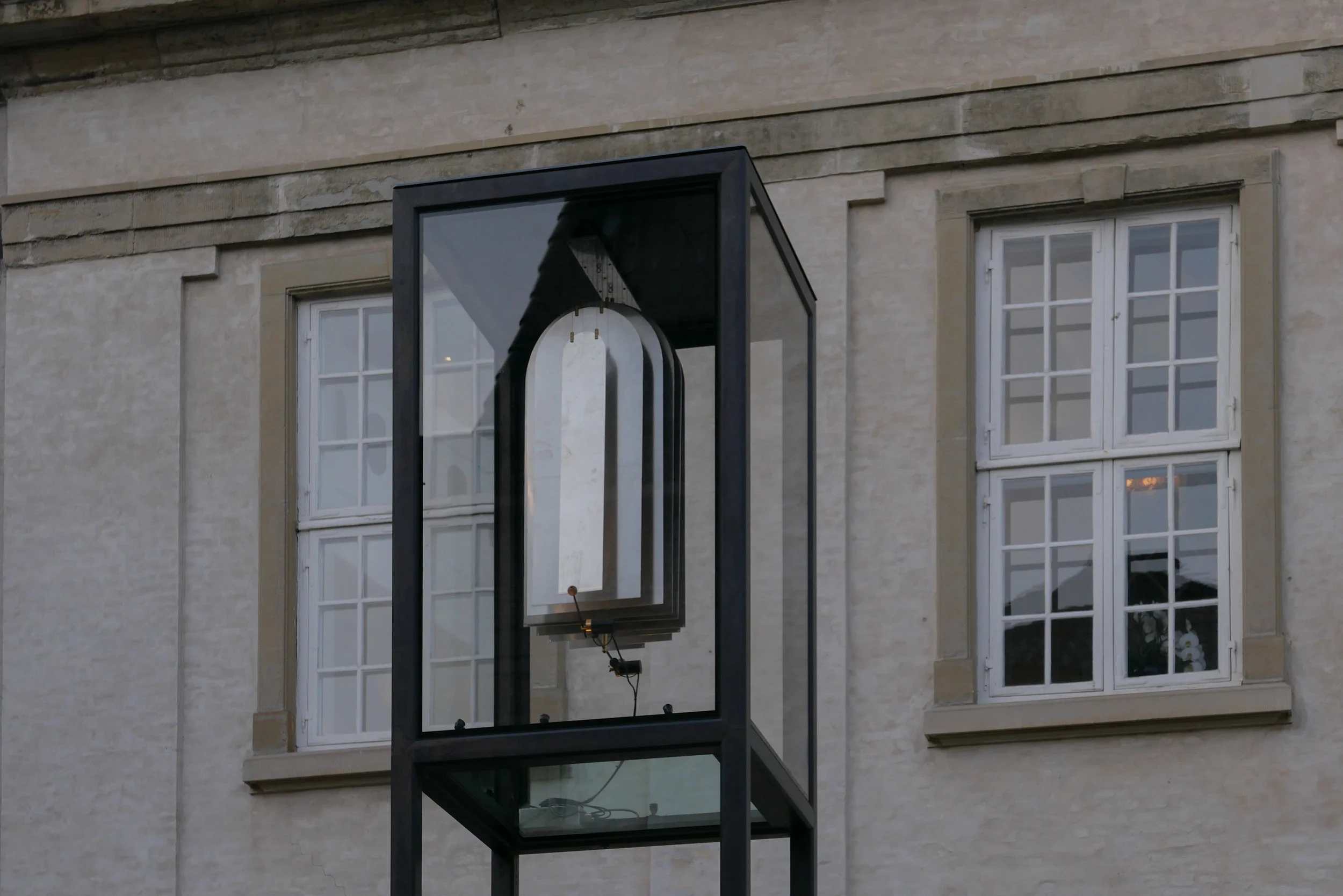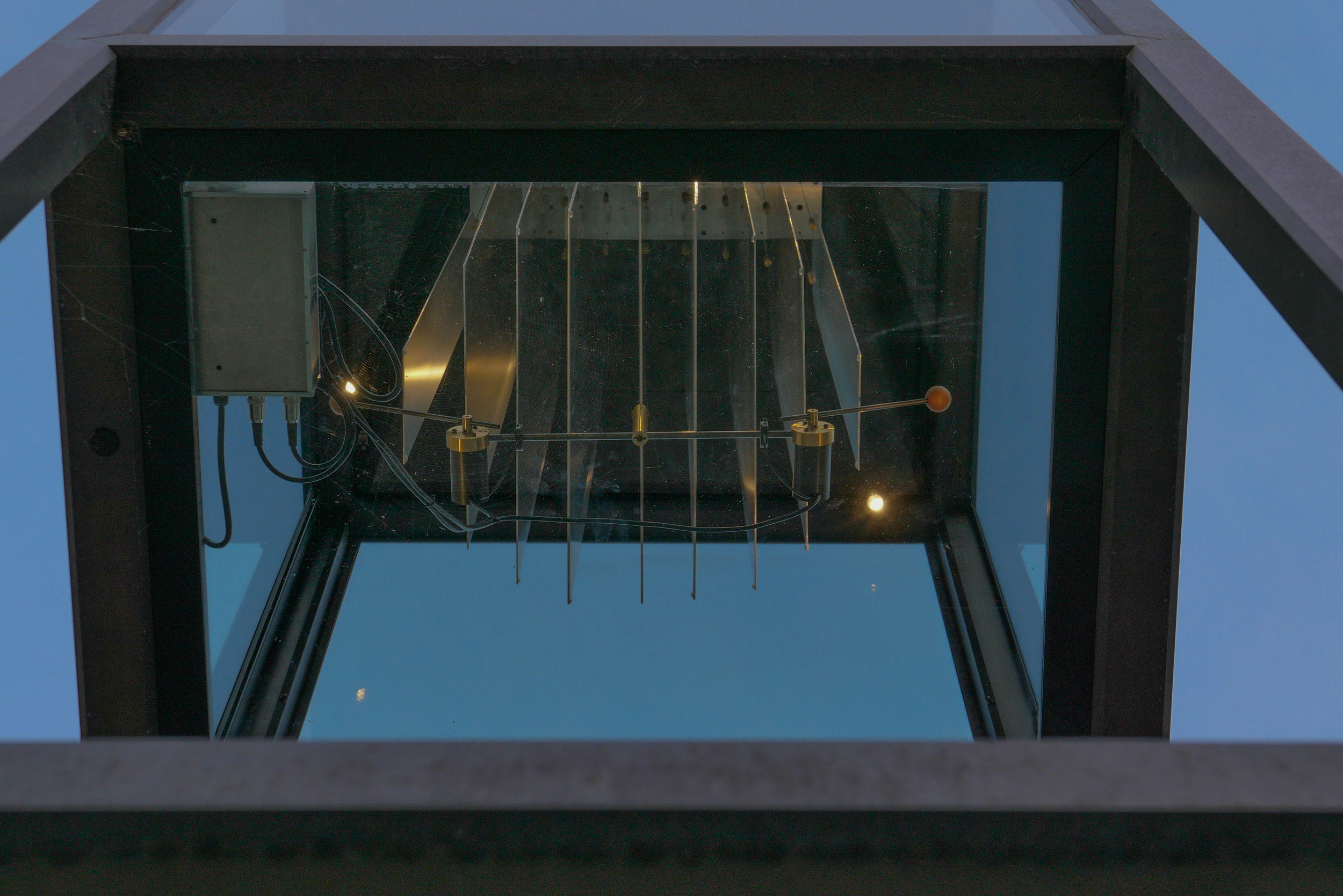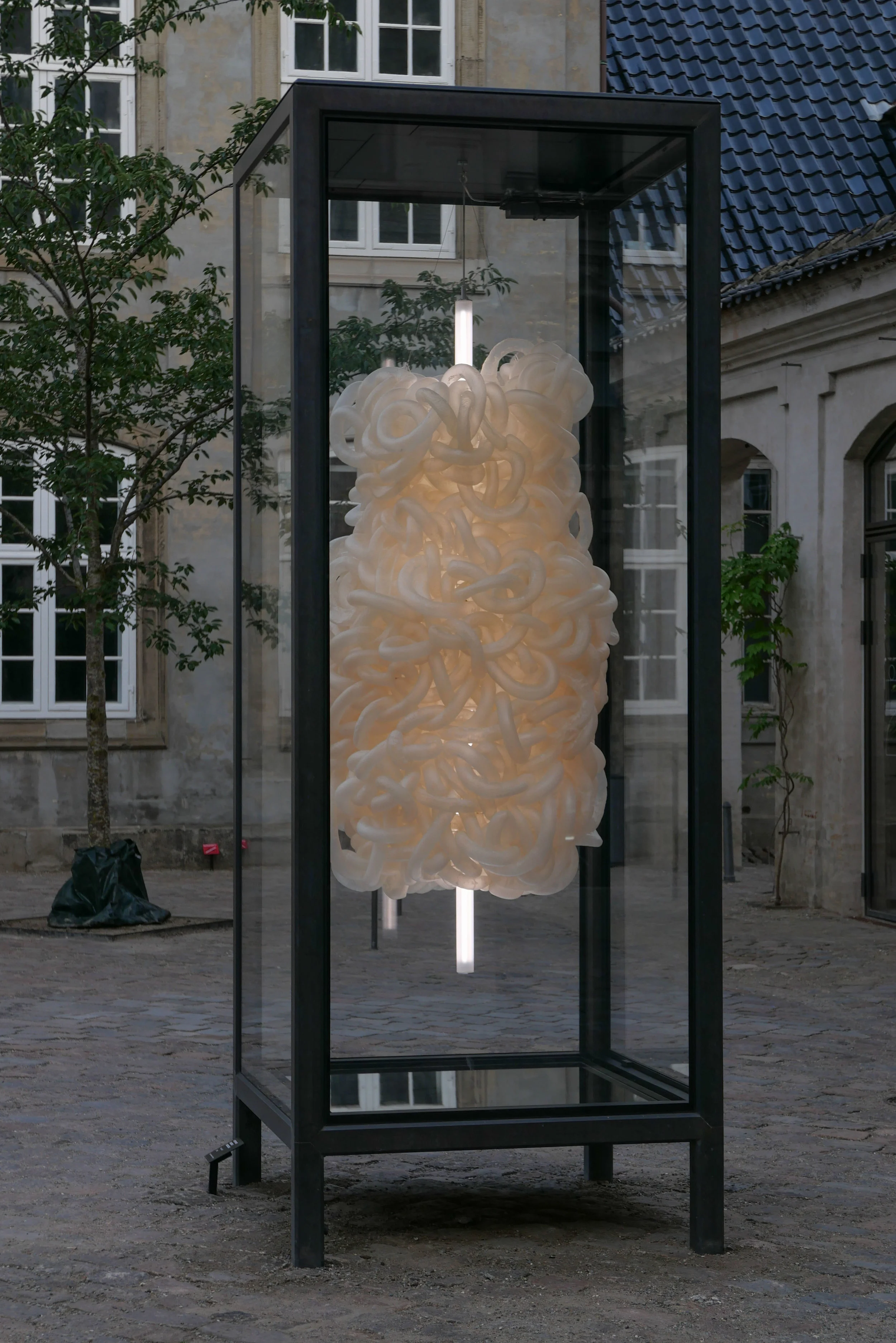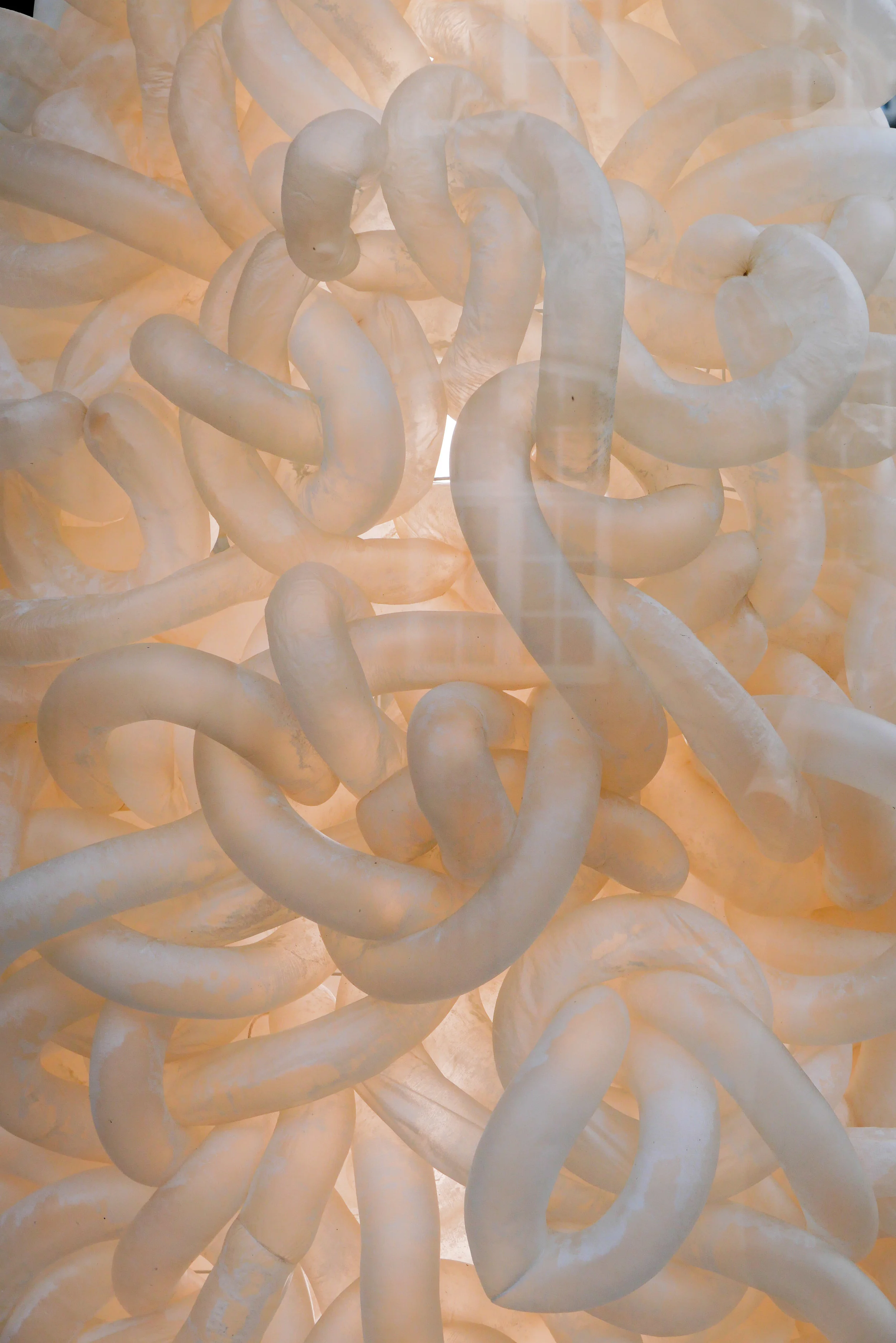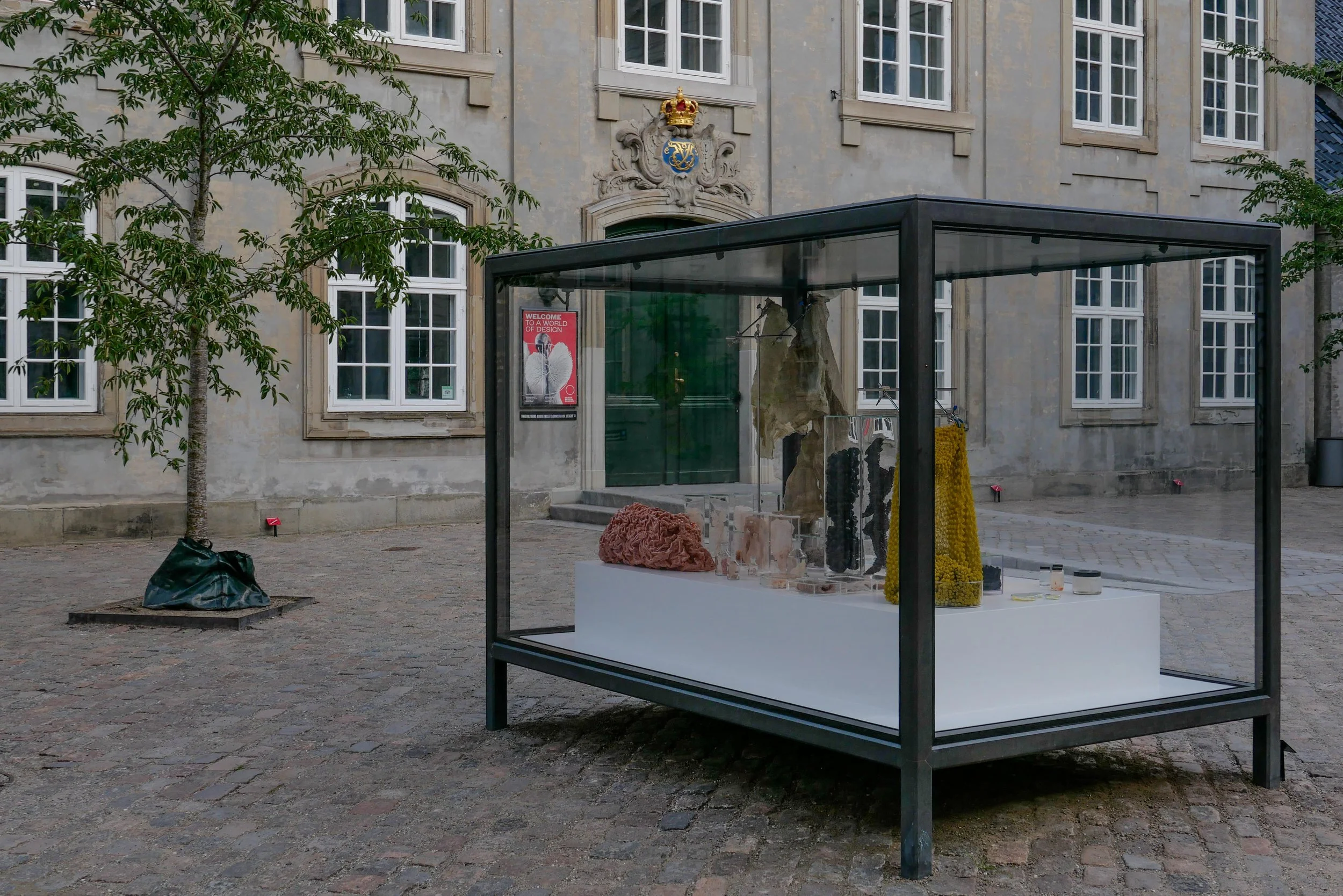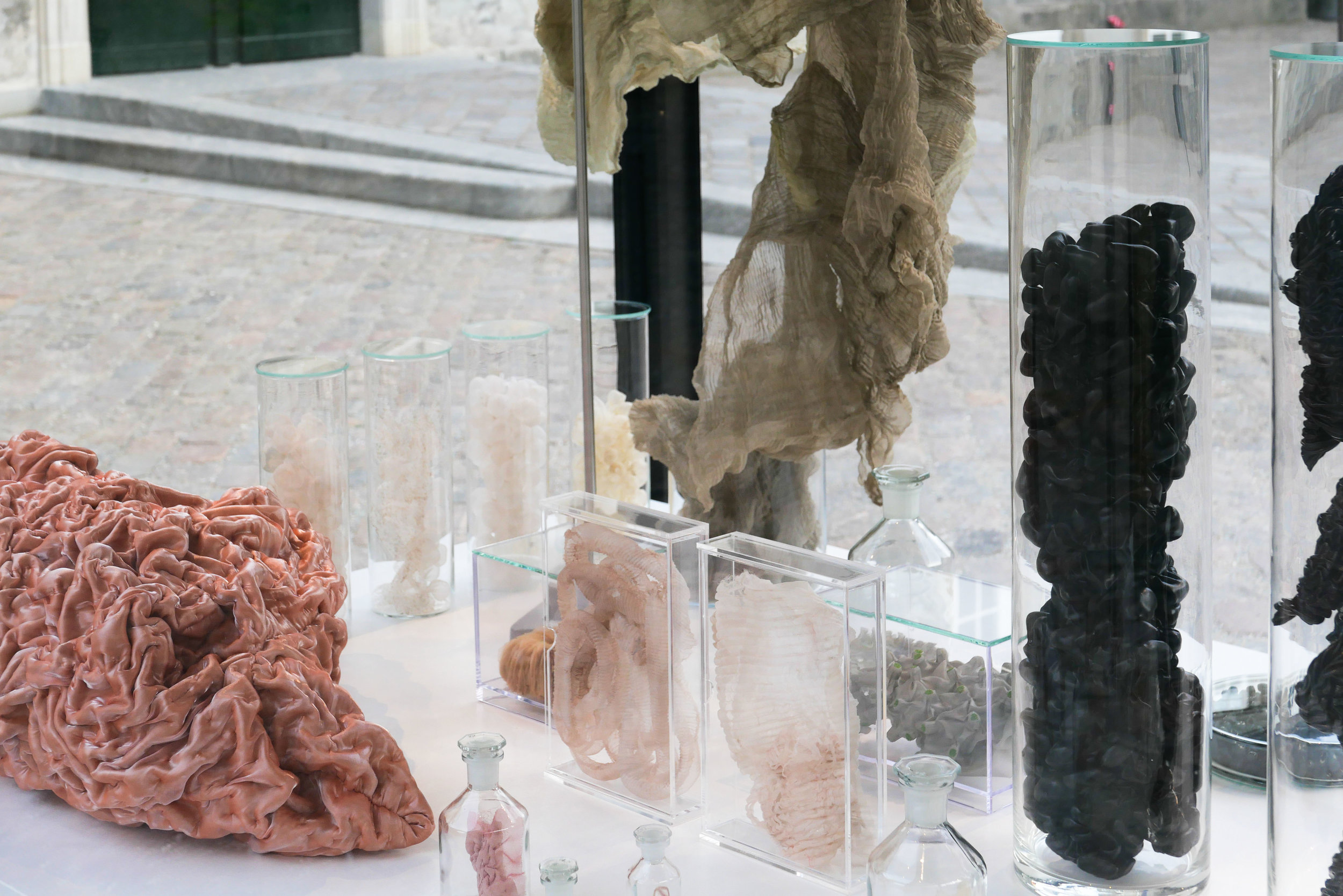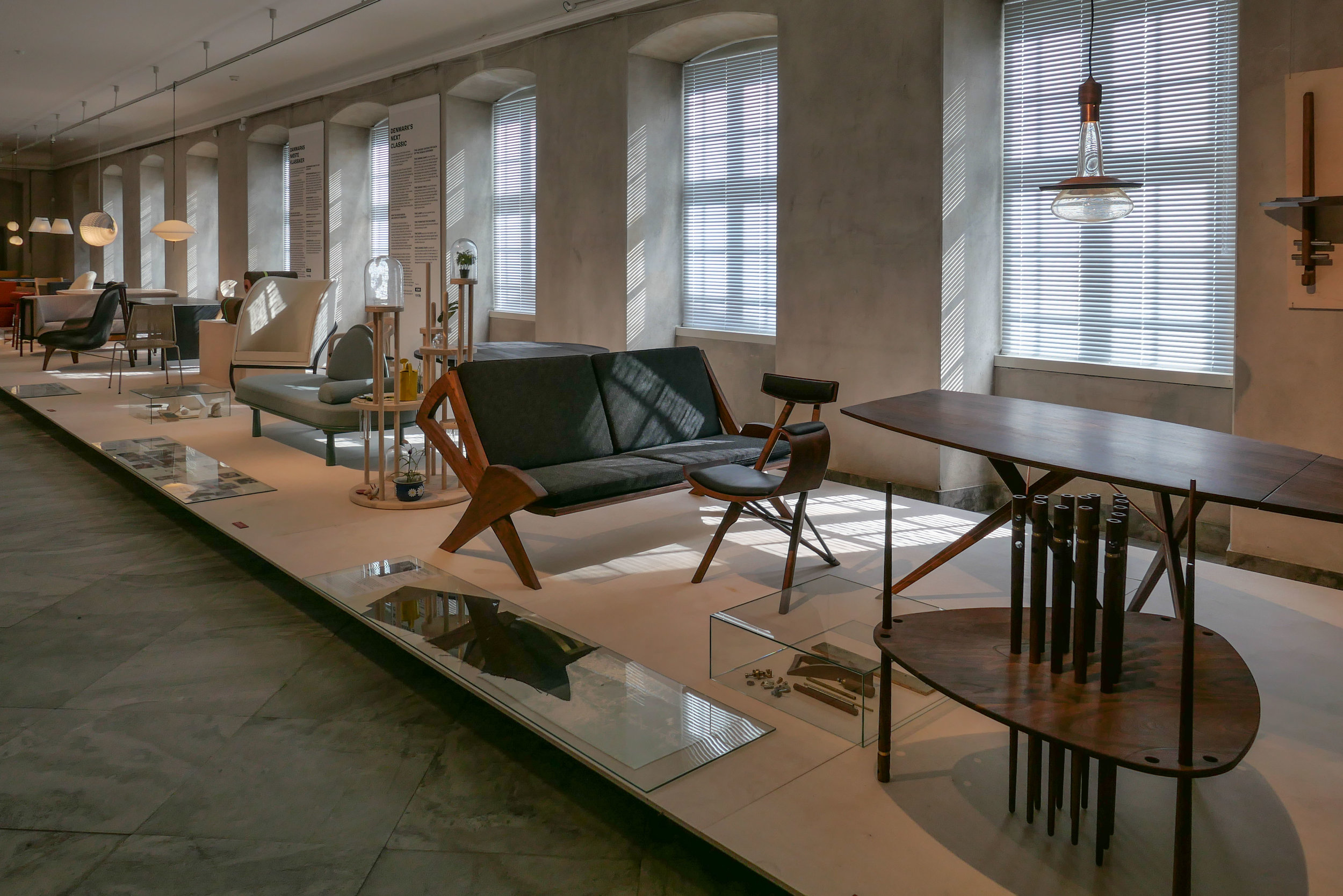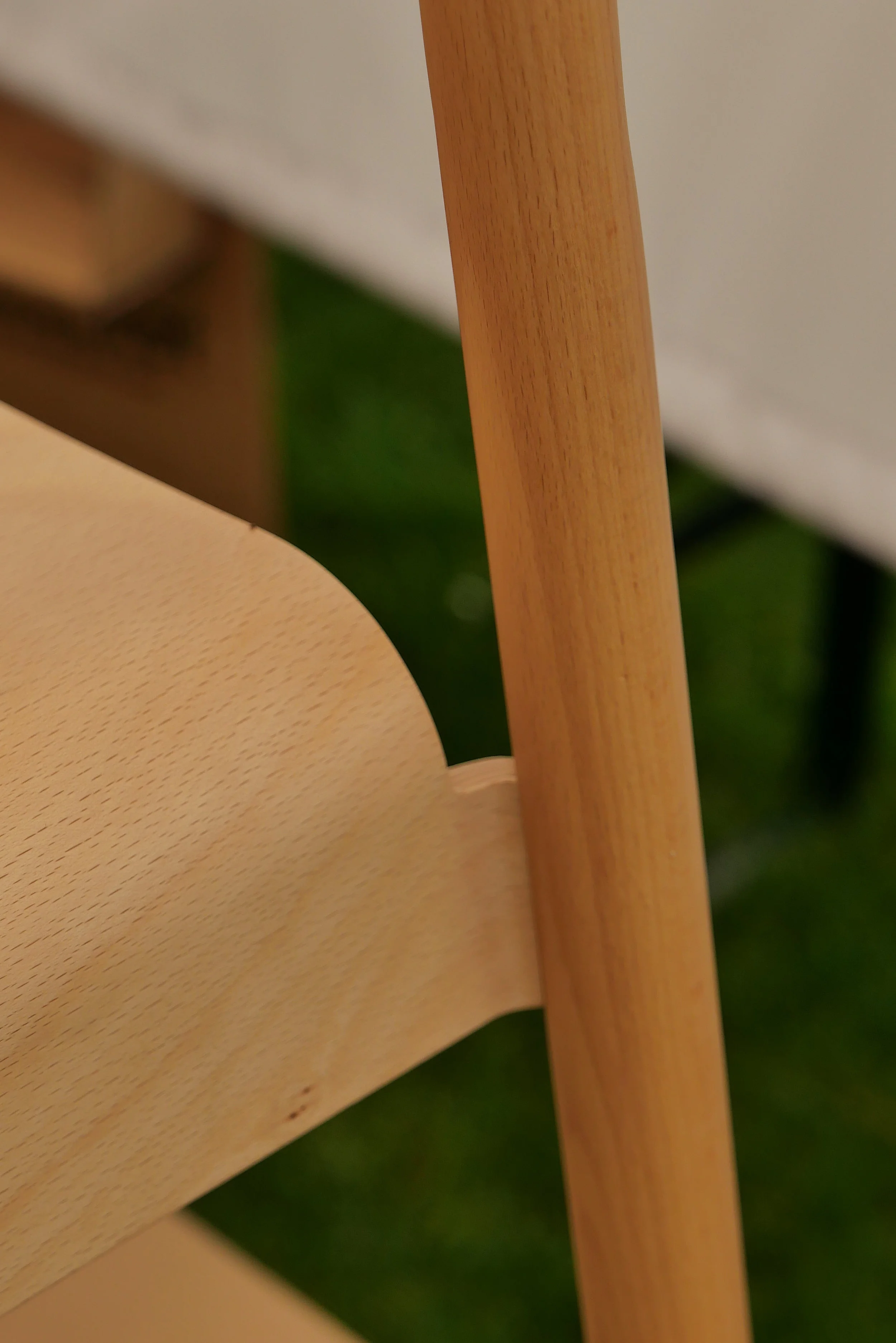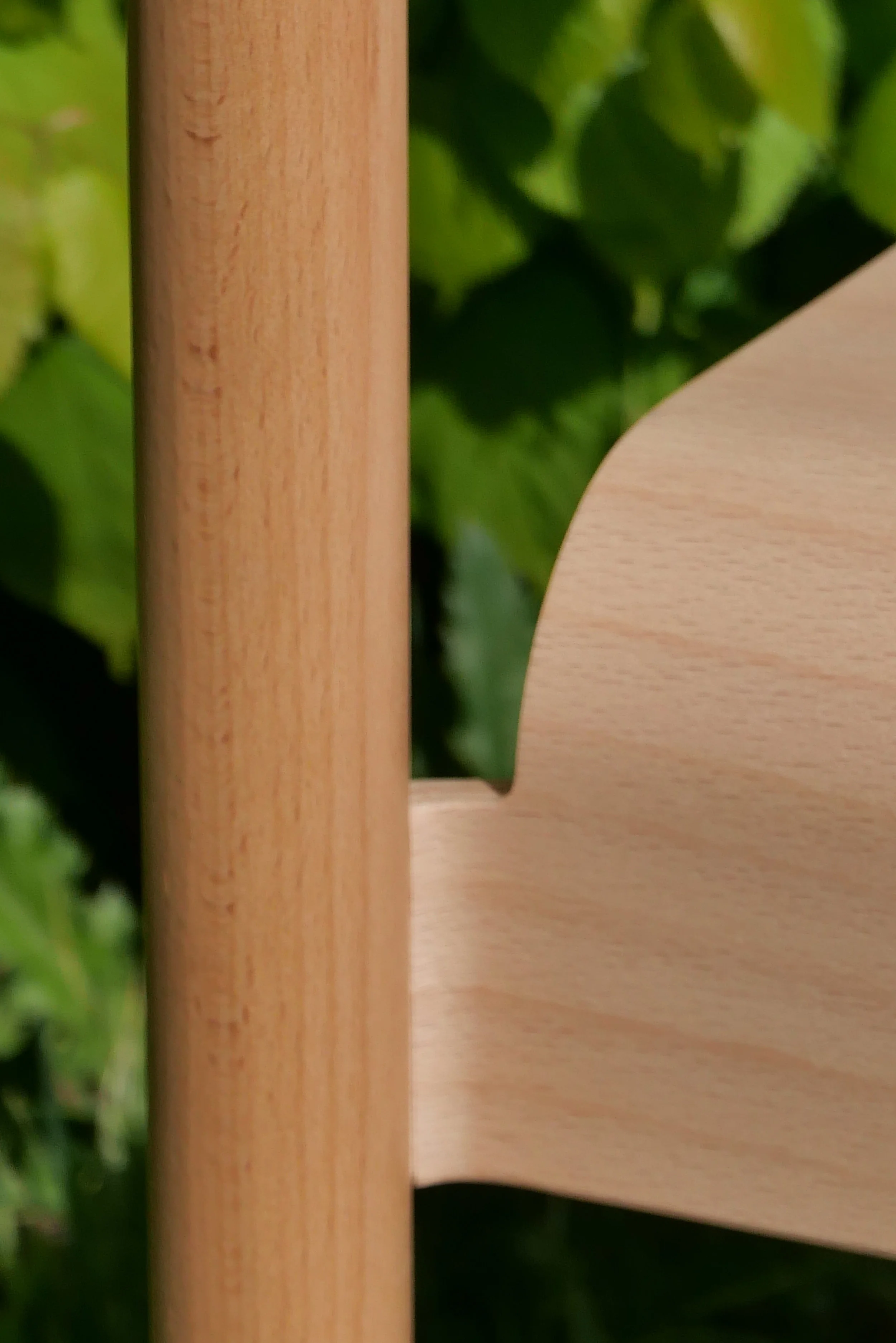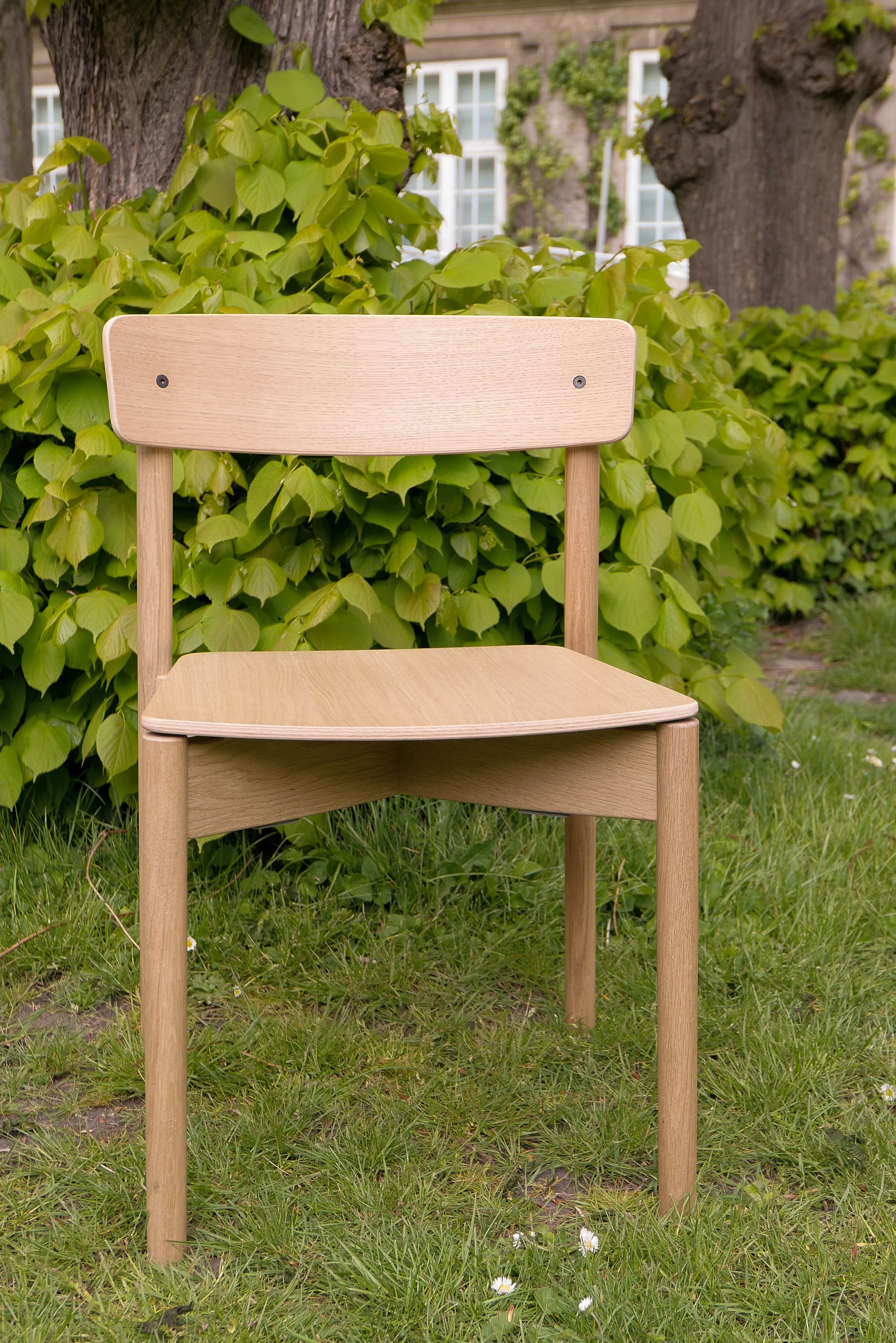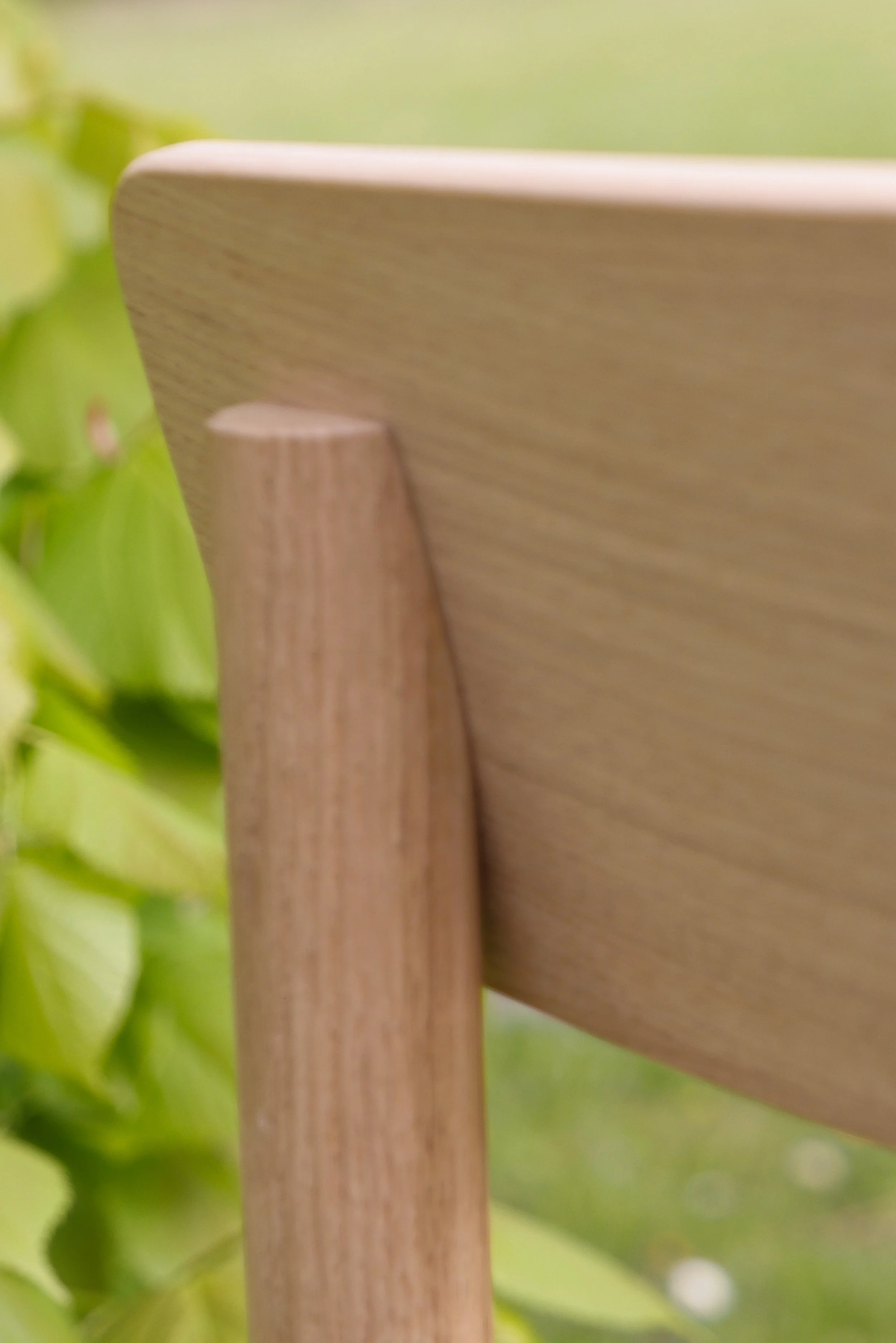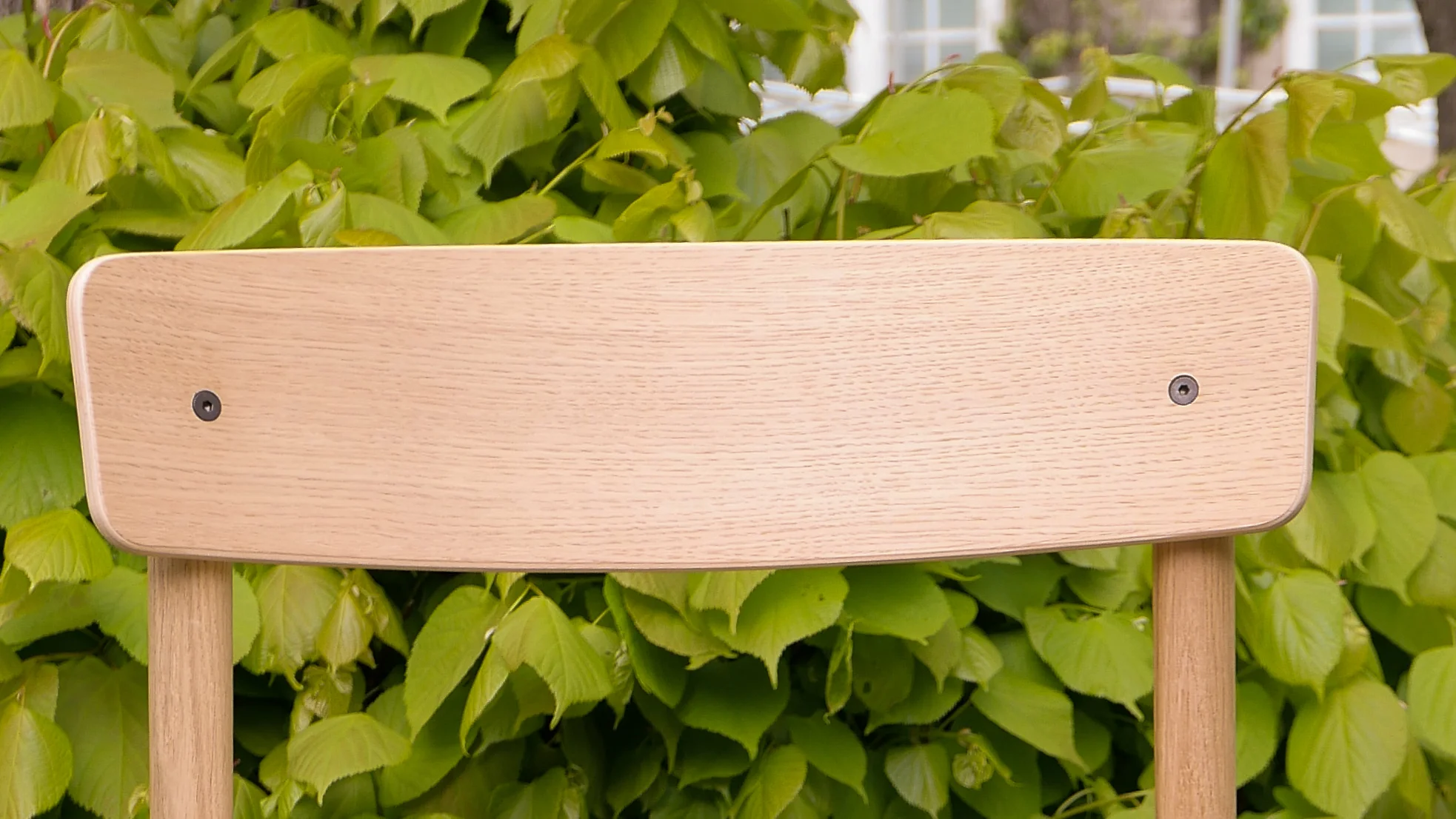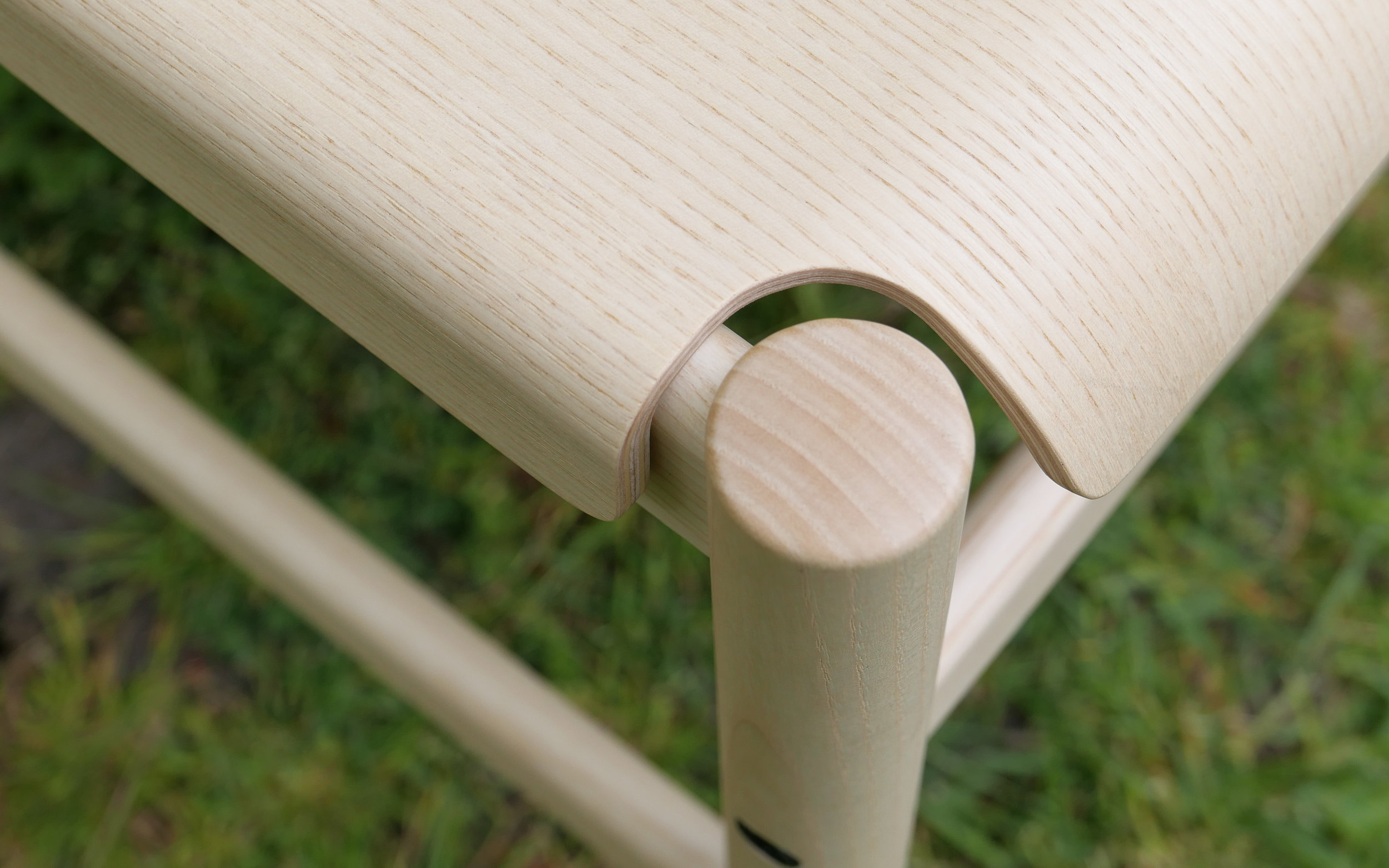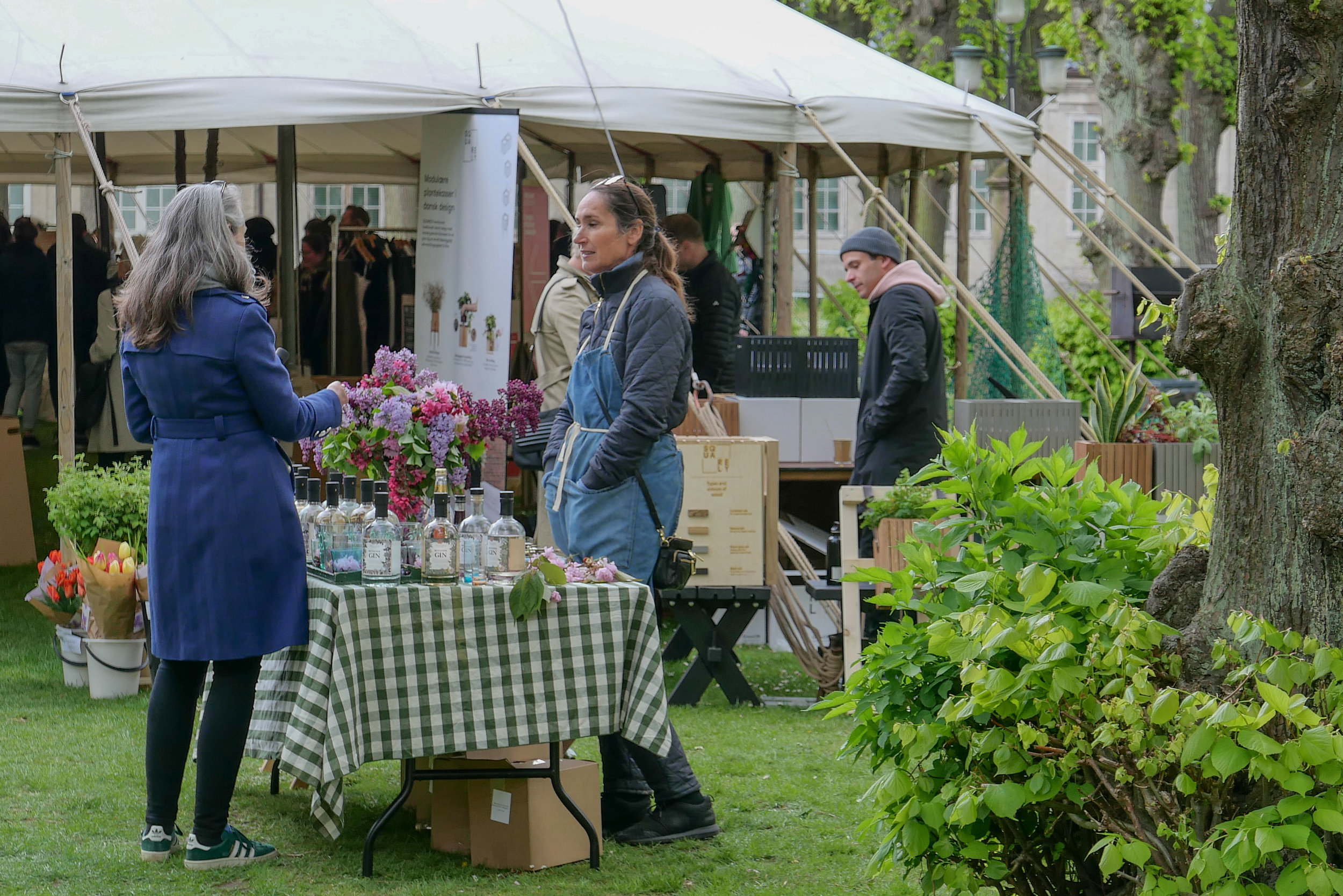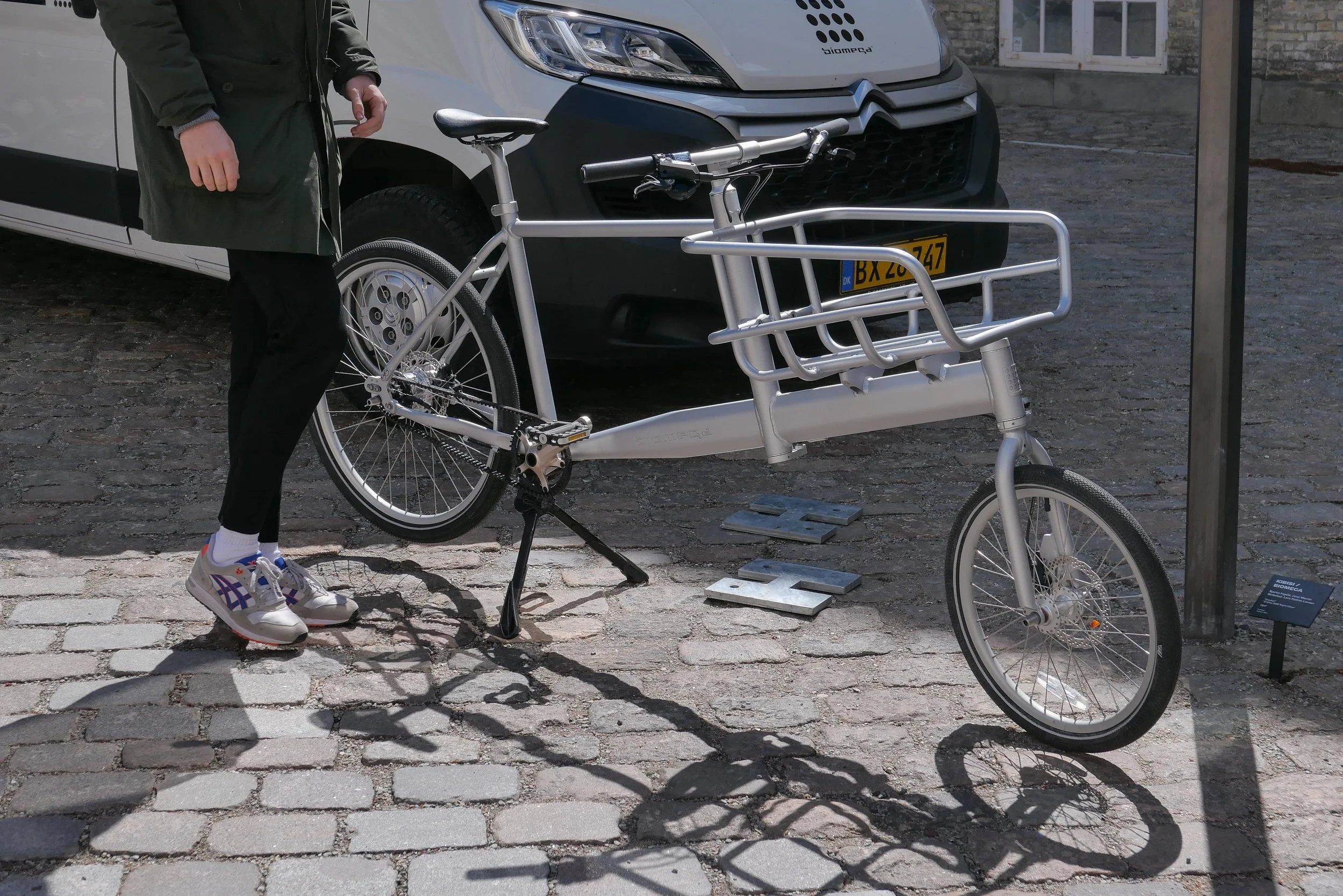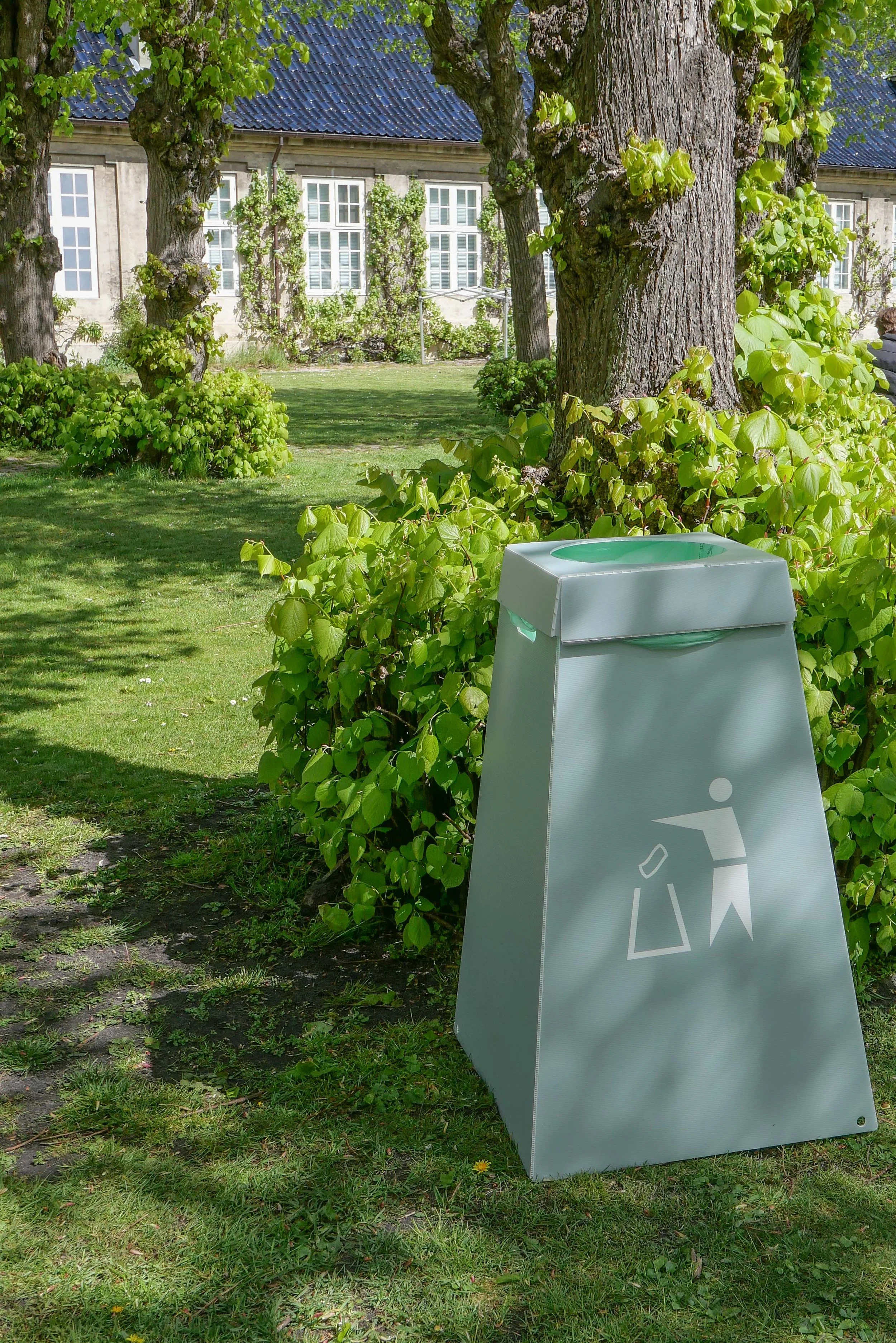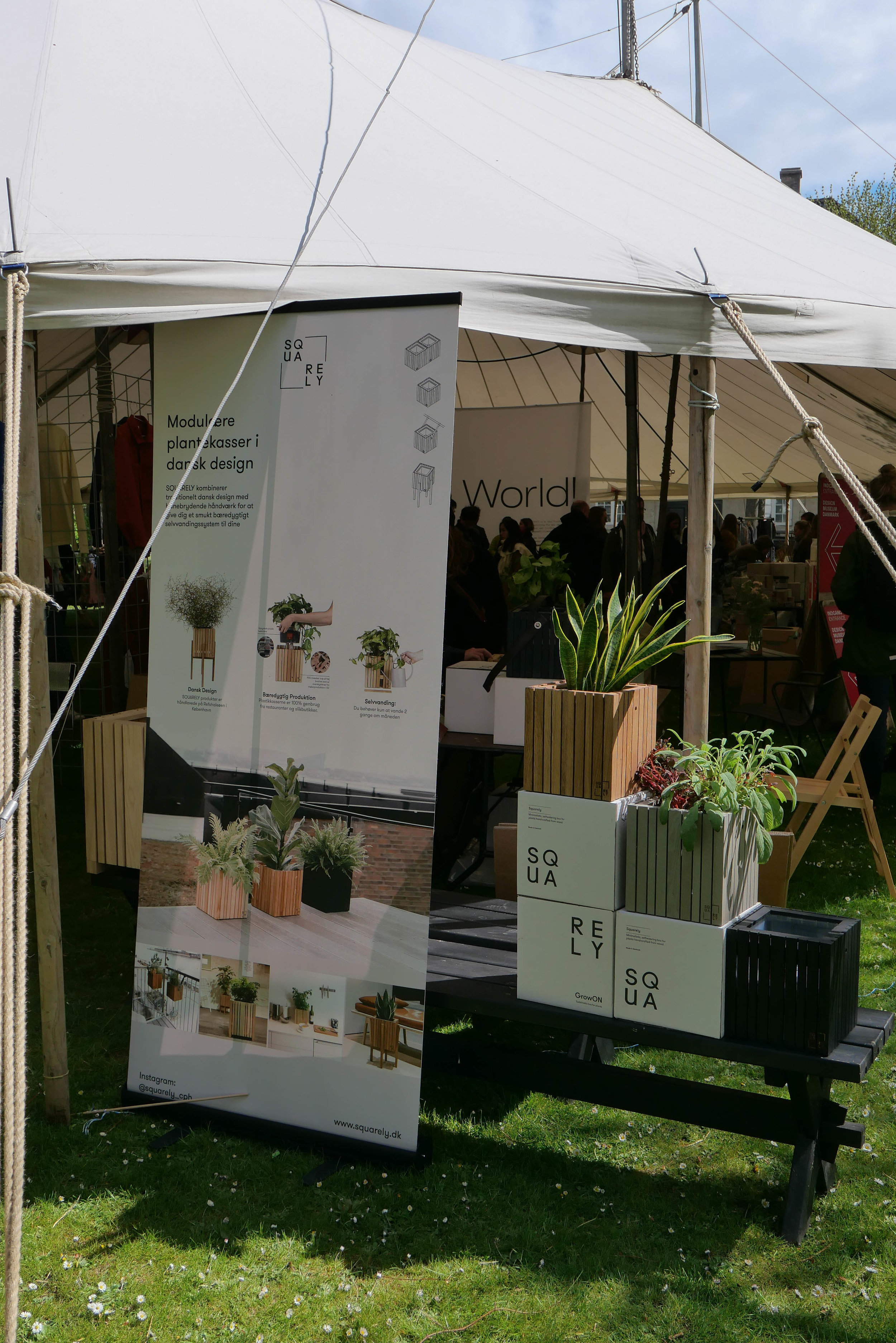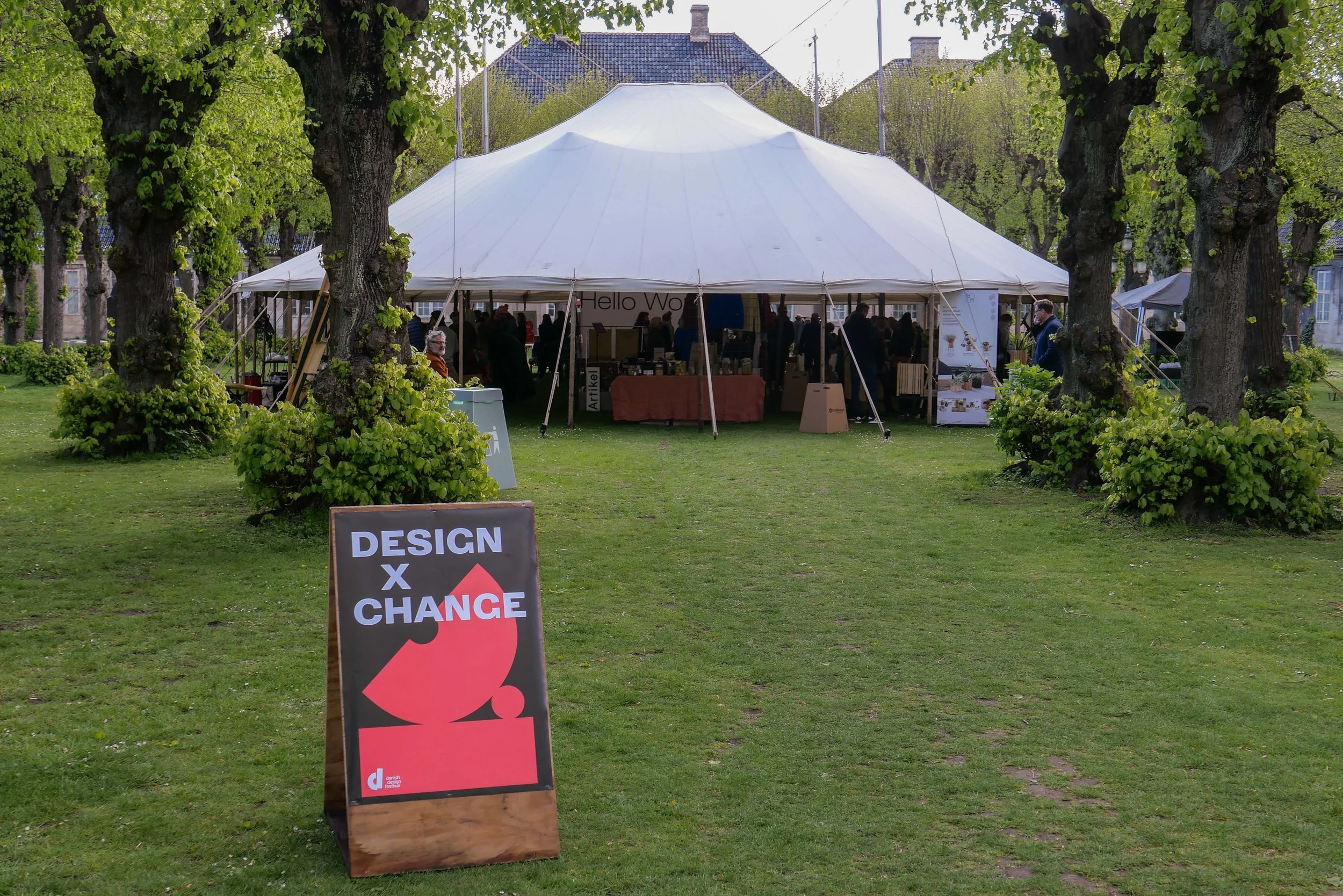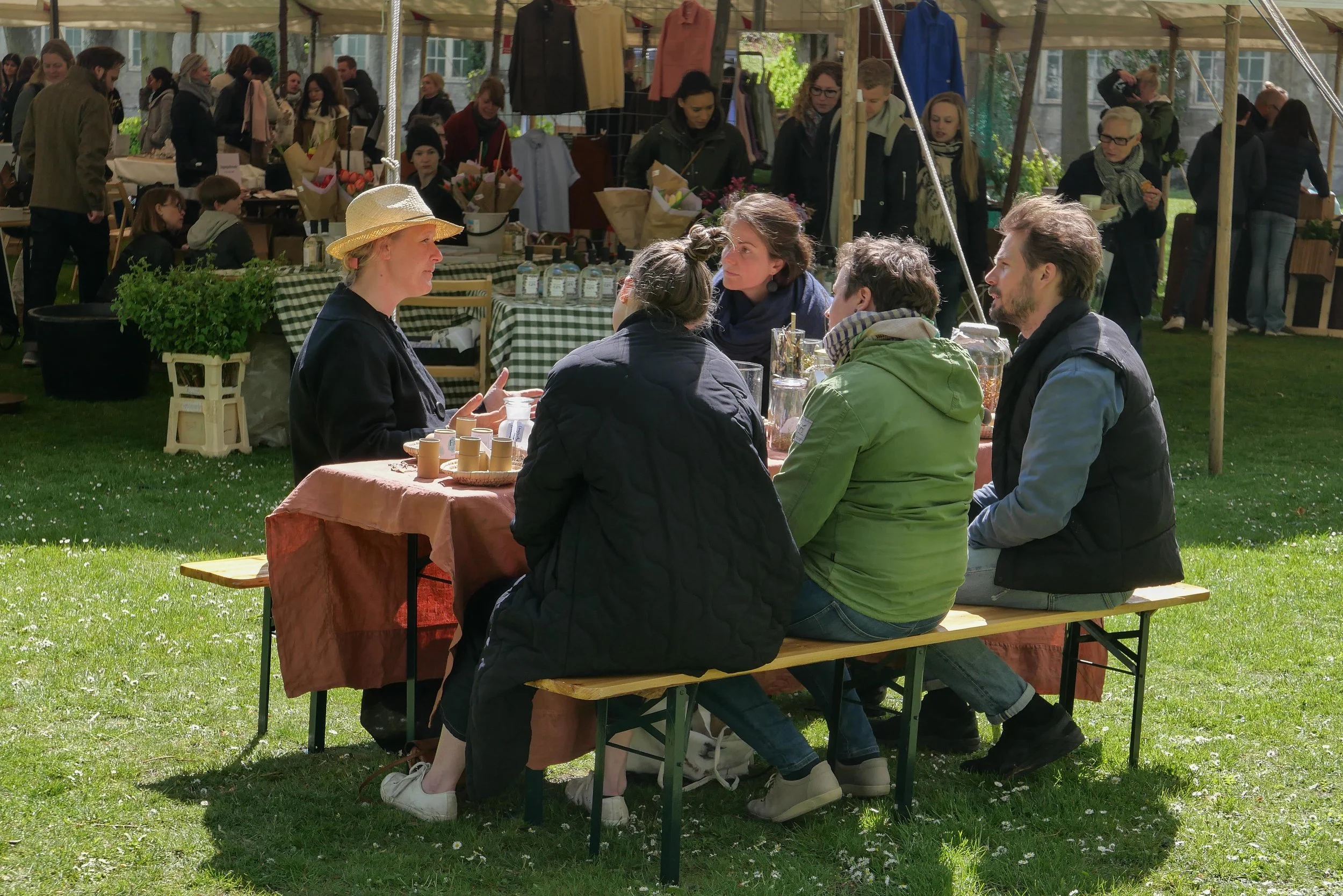A major casualty of lockdown in the city is the design museum that has closed and not just as the pandemic runs its course but with no prospect of it reopening for several years. Ostensibly this is to bring forward and complete in a single phase essential building works that would otherwise have been phased over several stages.
I don't know about or understand the political and financial background that has brought the museum to this point but the official story is that 80% of funding for the museum comes now from entrance charges paid by tourists and that disappeared overnight when the city went into lockdown at the beginning of March.
The conclusion from that should not be that the city has to make every effort now to get back to the previous number of visitors from abroad plus some but that politicians, for whatever reasons, left the museum vulnerable and under funded and with the wrong or at least an uncertain role in the day-to-day life of design in the city.
I don't believe the fault lies with the staff …. the collapse simply reveals now that through their drive and their focus, and with their energy and enthusiasm, the museum survived and was thriving despite a reliance on what has turned out, for reasons certainly beyond their control, to be a vulnerable revenue source.
Their programme of exhibitions and events was diverse with a balance between subjects with popular appeal such as the exhibition about the popular TV series to find Denmarks next classic design and exhibitions that explored serious academic research like an exhibition on early books about the Bauhaus school of design.
And of course the museum has a crucial role because it has to preserve and curate and add to a permanent collection of the best and the most interesting and the most inspiring artefacts of the design of the past.
That is not to suggest that the museum has been naive about earning money …. the restaurant and a new cafe for coffee in the forecourt are superb and justifiably popular and the shop for books and gifts is good and they got the commercial balance about right because, in far too many museums now, it feels as if you are visiting a great shop that has a museum attached rather than the other way round.
But Designmuseum Danmark is much much more than a repository for the best design of the past and here we come to perhaps the nub of the problem and that is in the division of roles between the museum and the Danish Design Centre.
The Design Centre clearly has a role as a driving force for the commercial side of design in manufacturing in Denmark … the how to bring in the dollars side of design …. but, never-the-less, Designmuseum Danmark should and has to be at the heart of design in the city now …. at the centre of discussions about aesthetics and about design education and training and should initiate lively debate about both current achievements of designers in Denmark and the role of design for the future … so it’s certainly not just about design of the past.
The museum can and should push, pull, inspire and chide not only designers but also the public to appreciate good design and understand and, where appropriate, criticise the achievements of designers in the past - that, after all, is the context to understand how we got here - but, more important, the museum can and should lead the debate about how we might get there or there or even there next.
Unlike Helsinki, Copenhagen does not have a design quarter as such and the layout of the city and the current levels of rents everywhere in the centre of the city makes that unlikely in the future so the government has to understand that, at least physically or, rather, topographically, Designmuseum Danmark sits very much at the centre of the design community. That can and has to be exploited.
And in the short term, a way has to be found to reopen the library and, surely, sponsored design events can still be held in the courtyard and on the forecourt?
Although I was not completely convinced by the outdoor display cabinets - designed by COBE and introduced when the forecourt was remodelled - they now seem like an inspired anticipation of events no one could have predicted. With sponsorship - there could be a dynamic programme of small and rapidly-changing outdoor exhibitions that would be open 24/7 and with all the virus-busting fresh air you could want.
The tragedy would be if, over the next two years or so of the closure that is planned, the expertise of the museum staff is scattered and lost and if the city moves forward and, for the wrong reasons, learns to live without the museum so that when or if it reopen it then finds itself to be completely dependent on foreign footfall.



